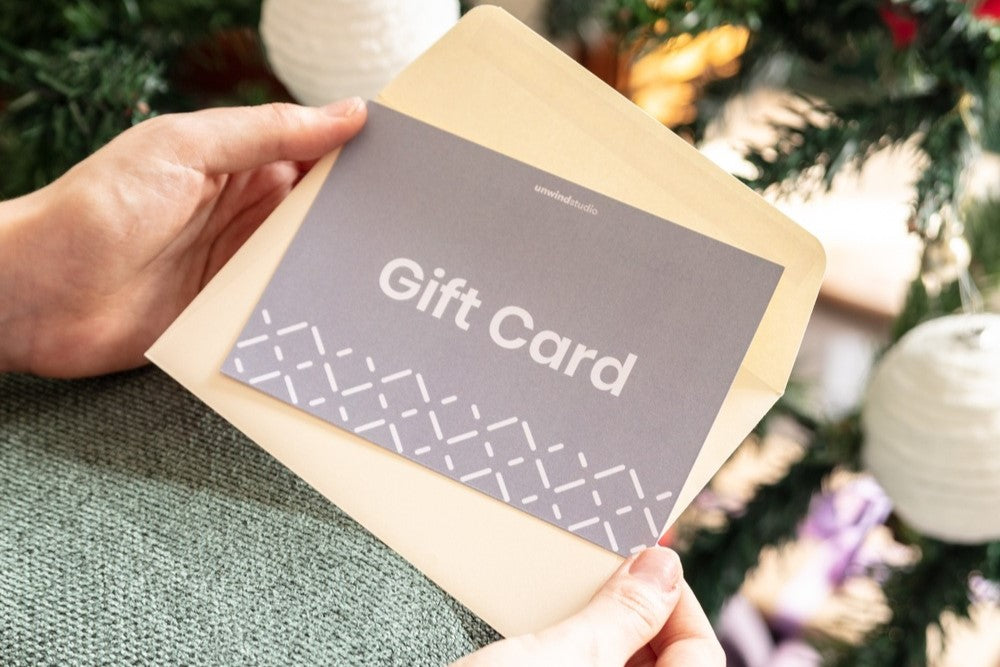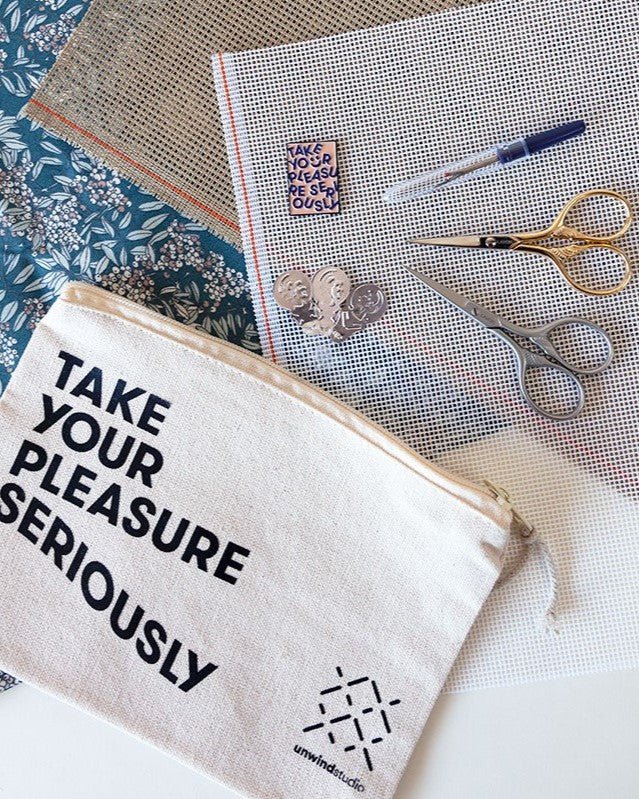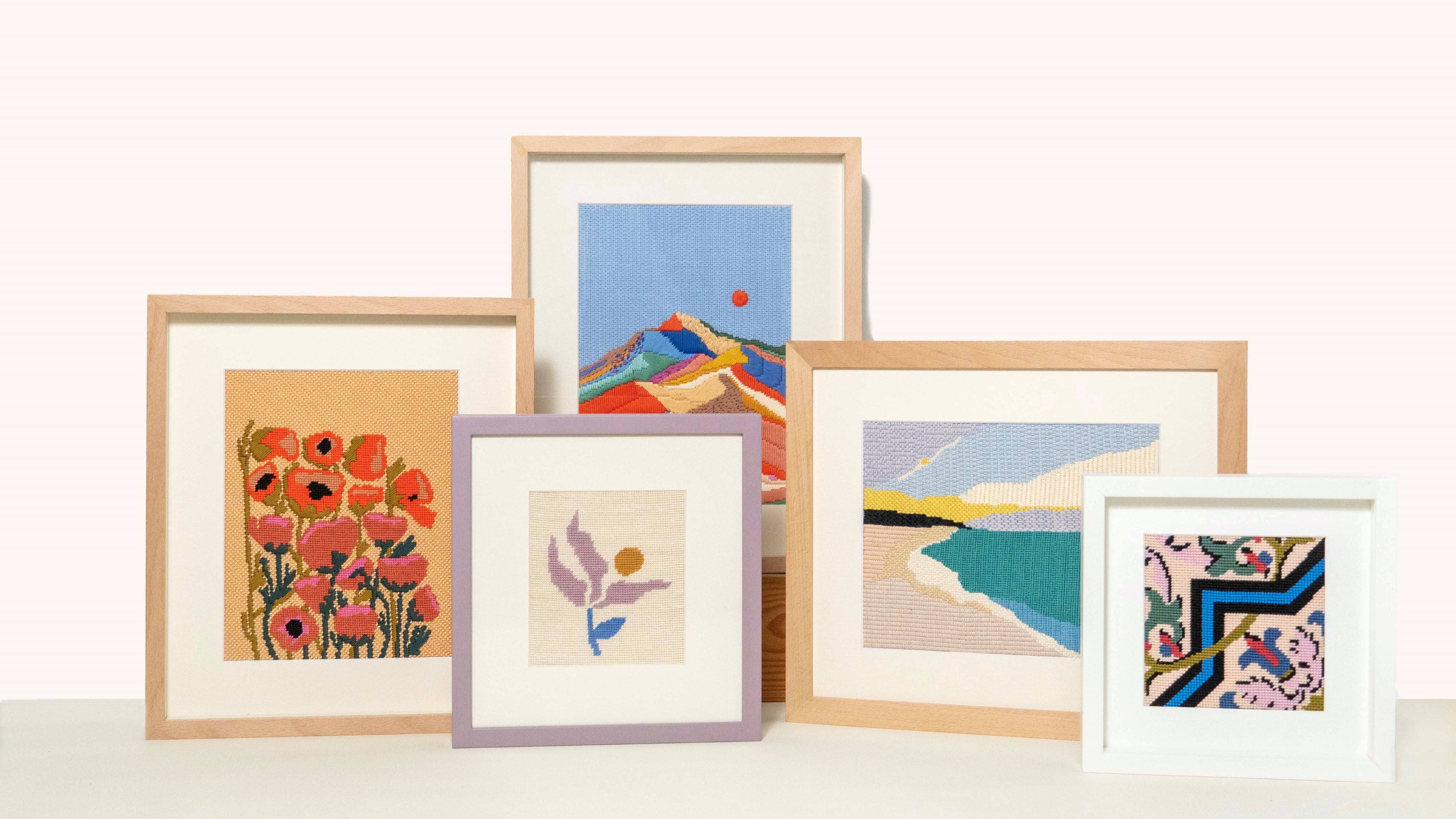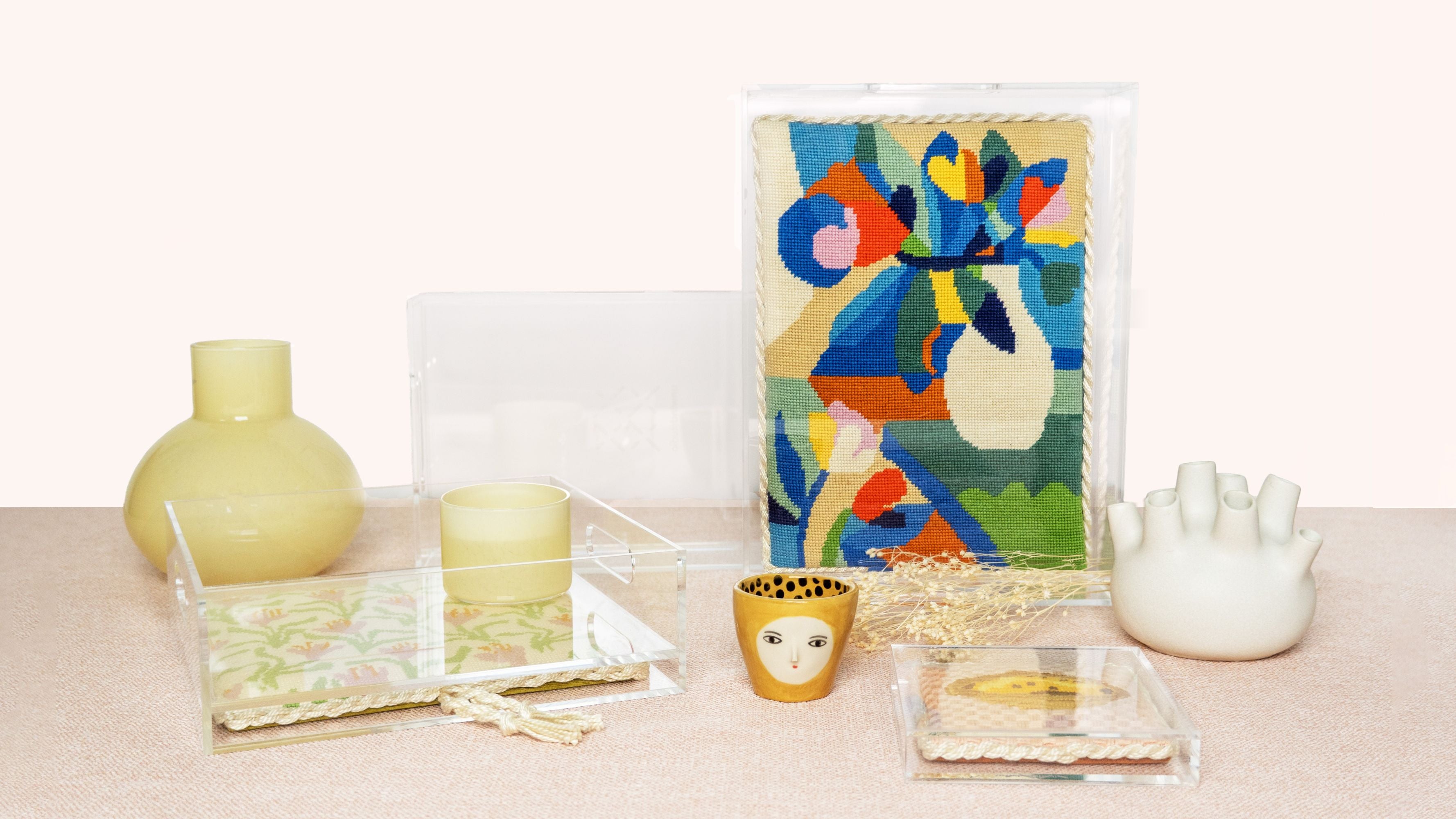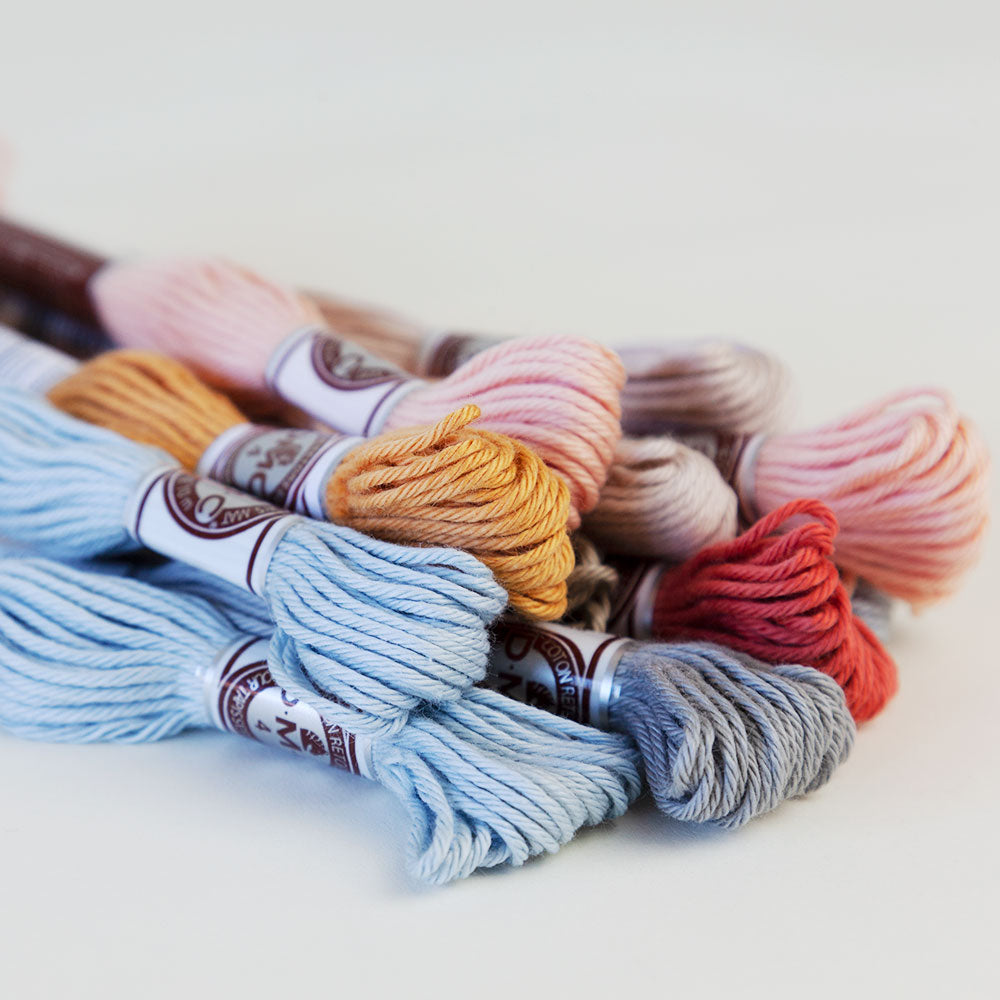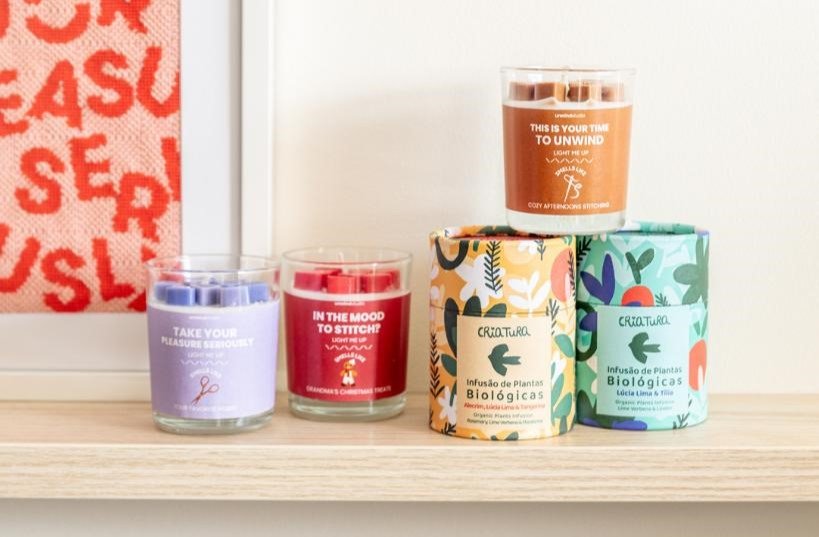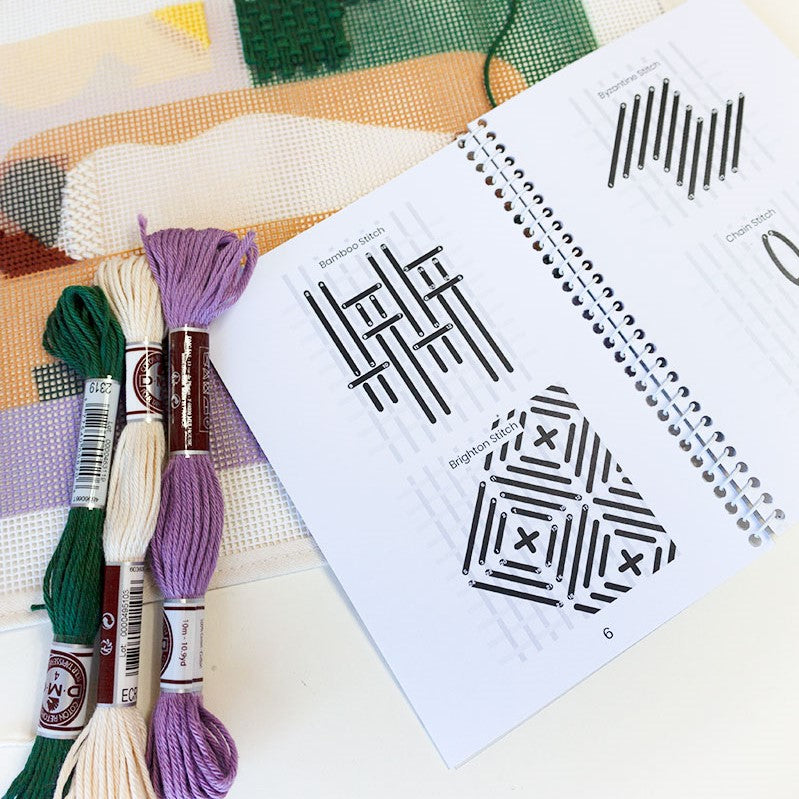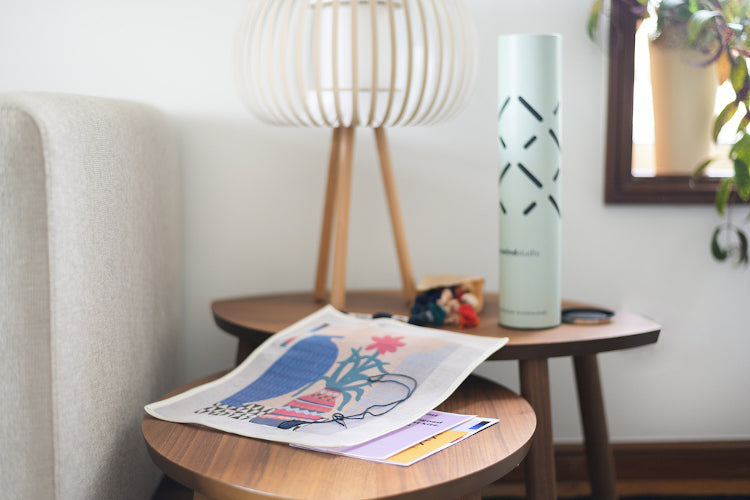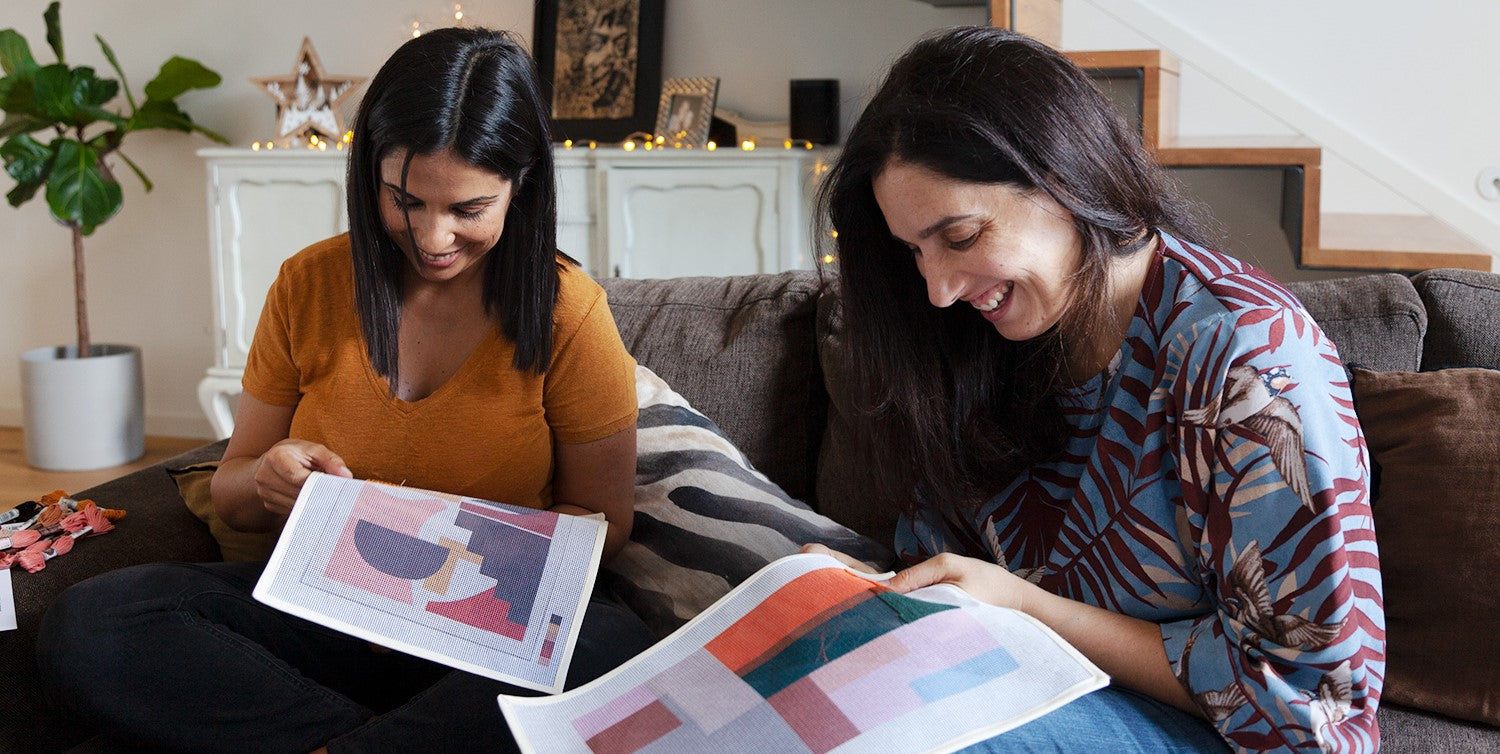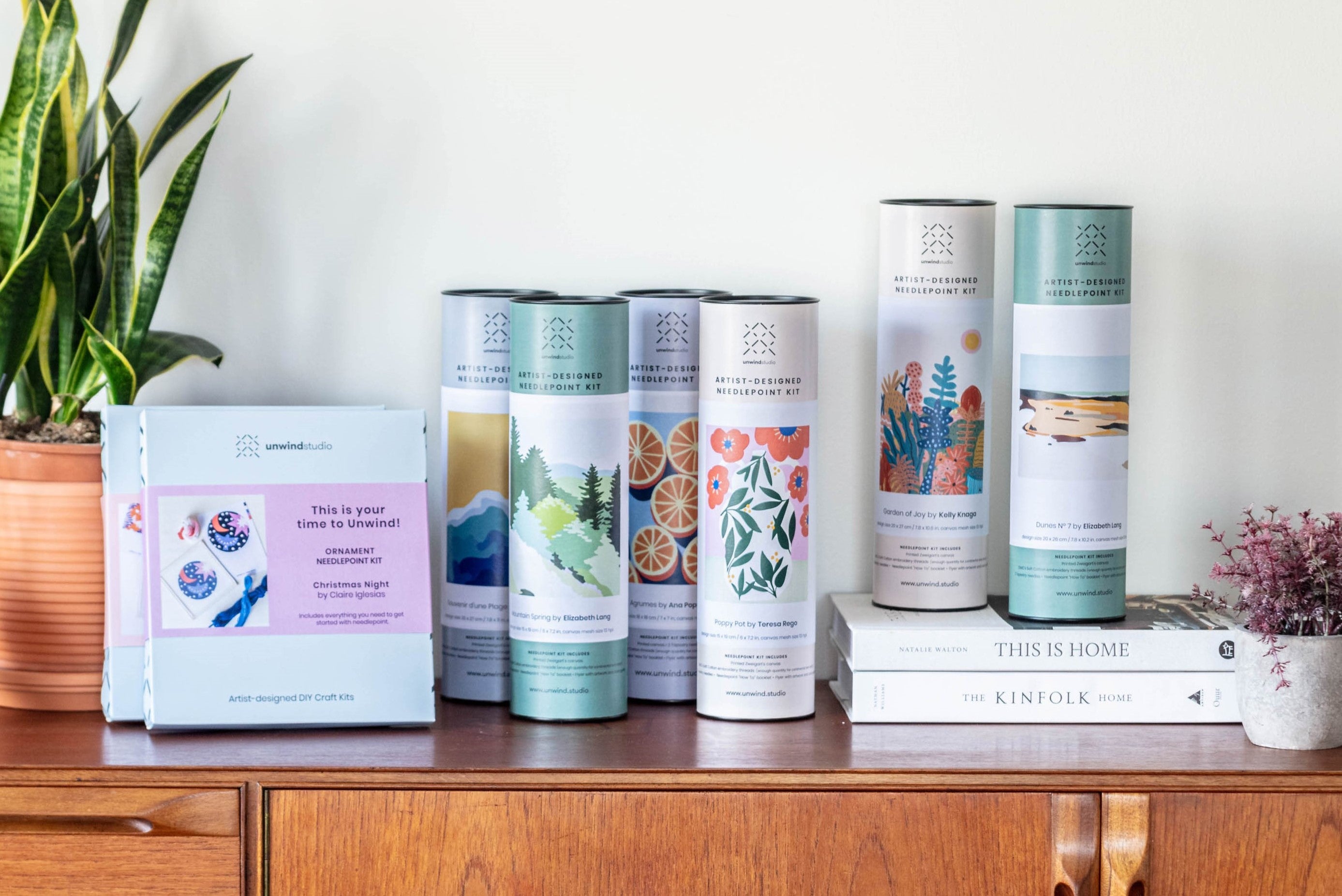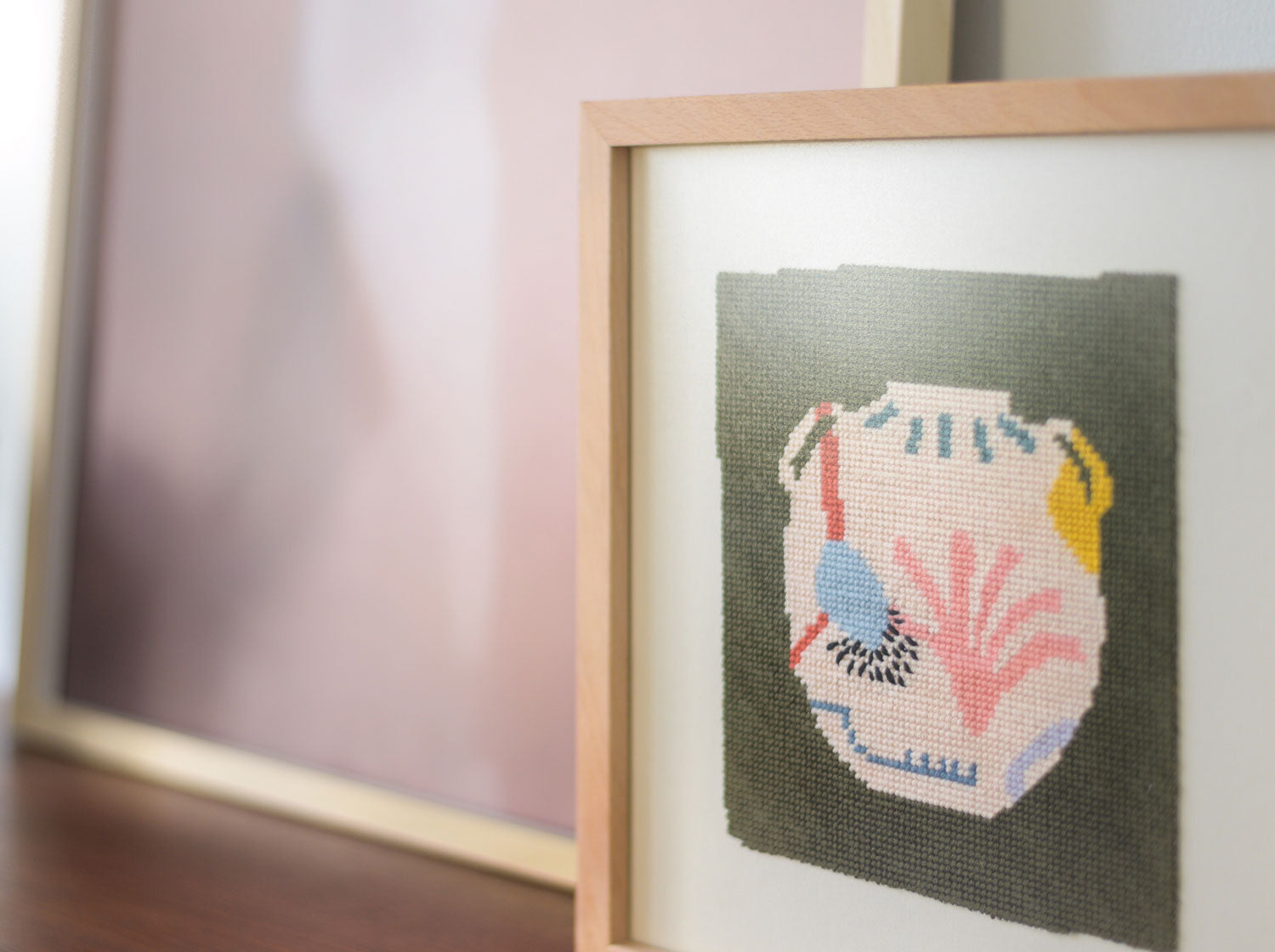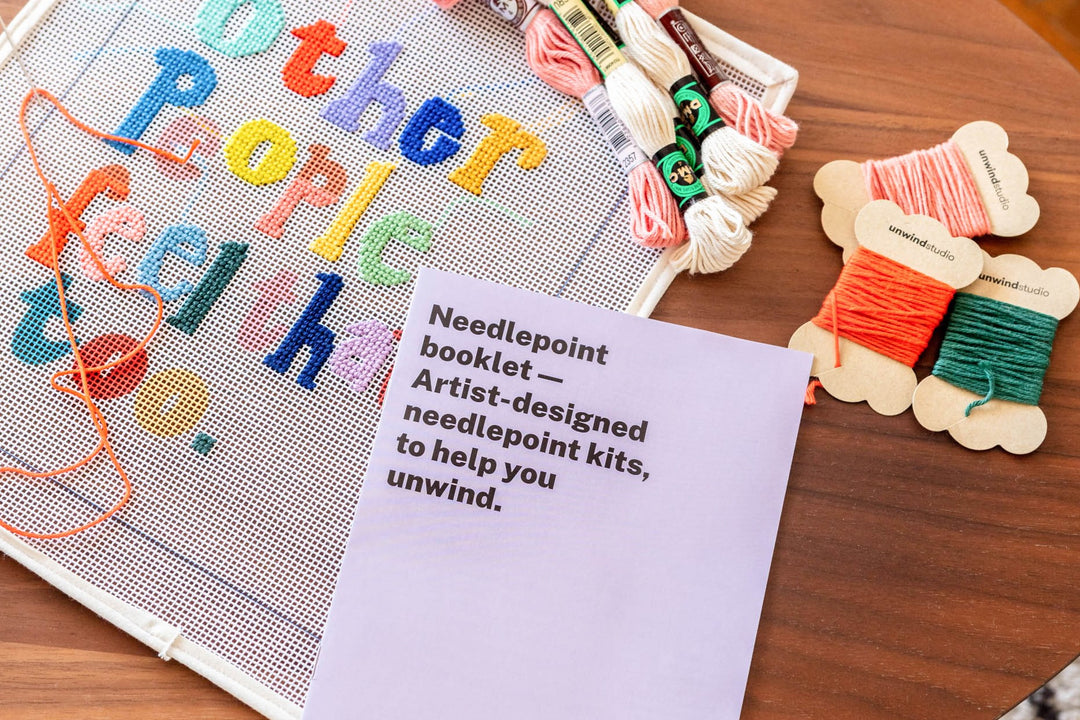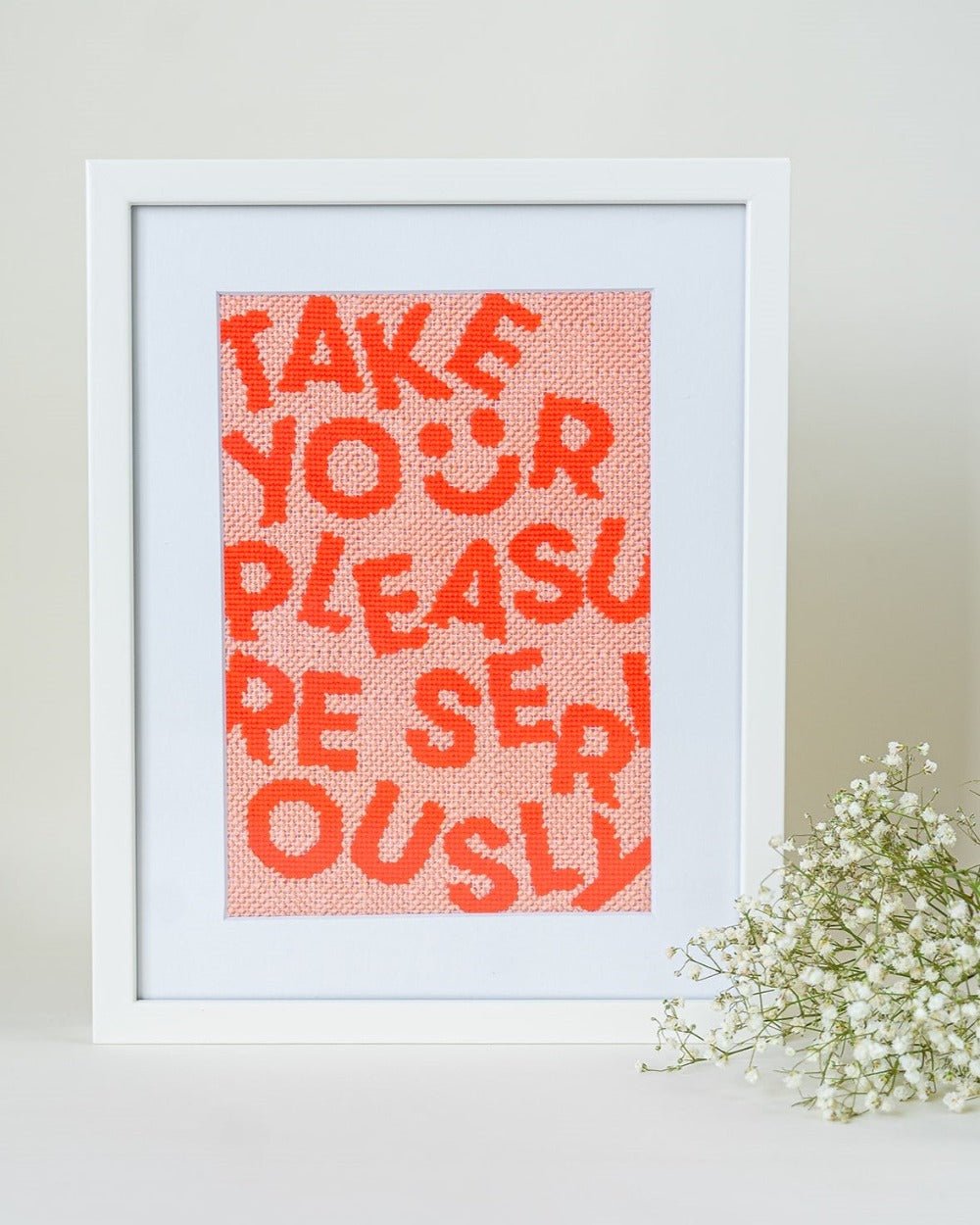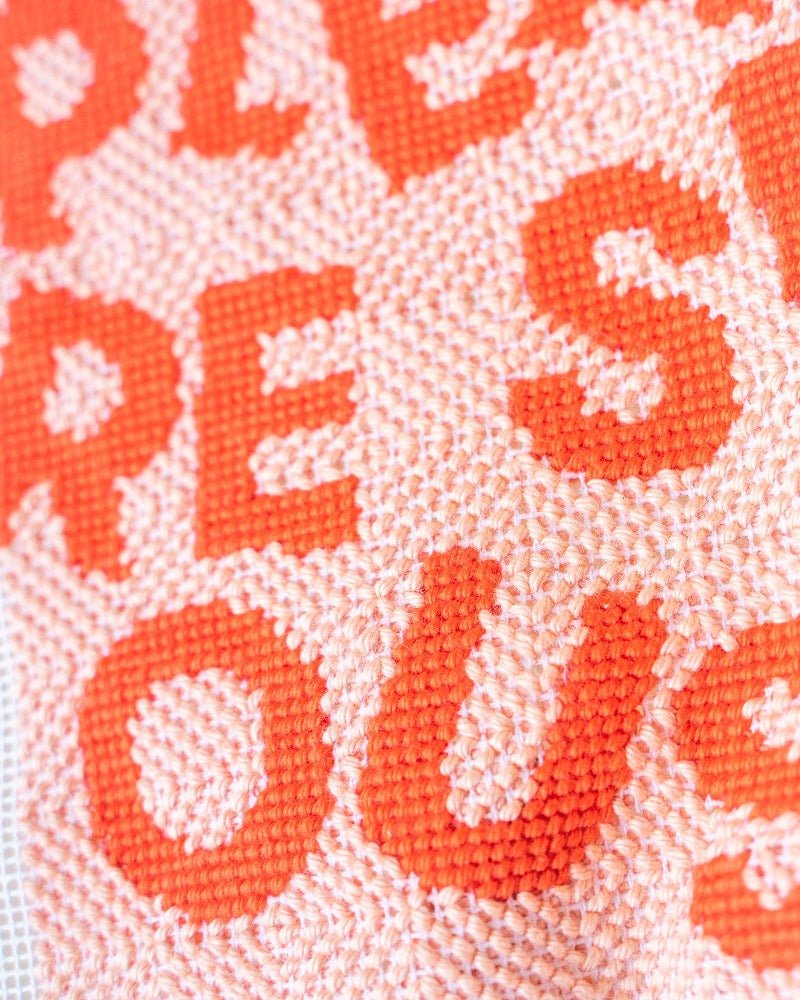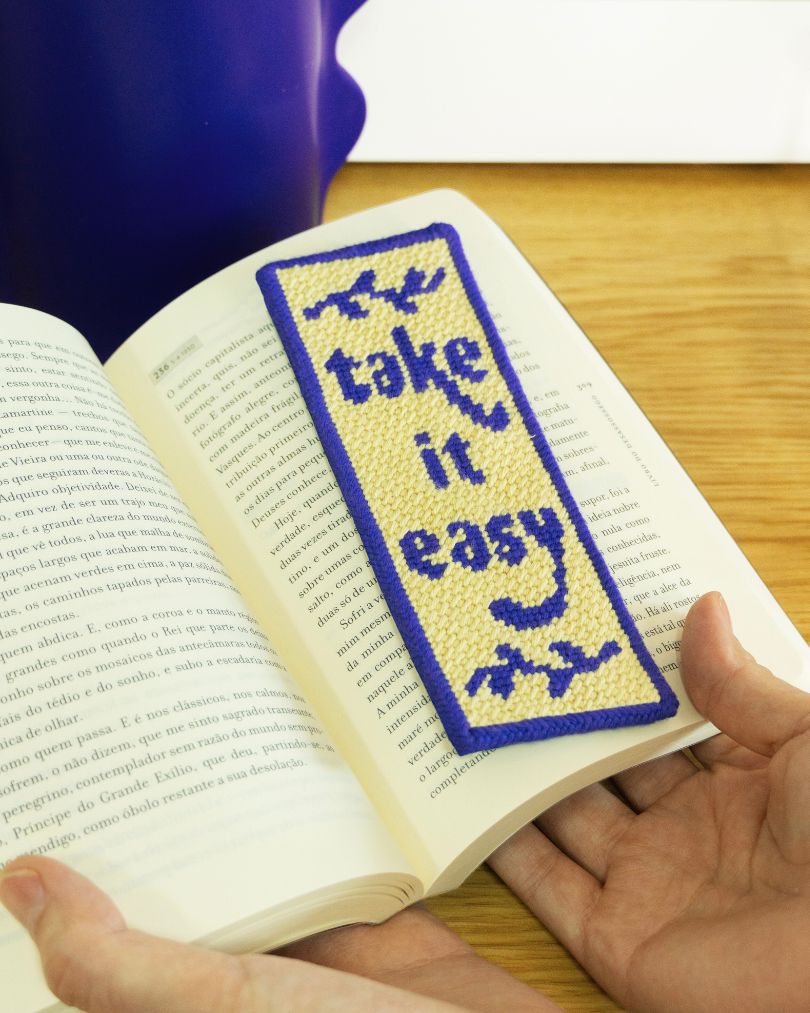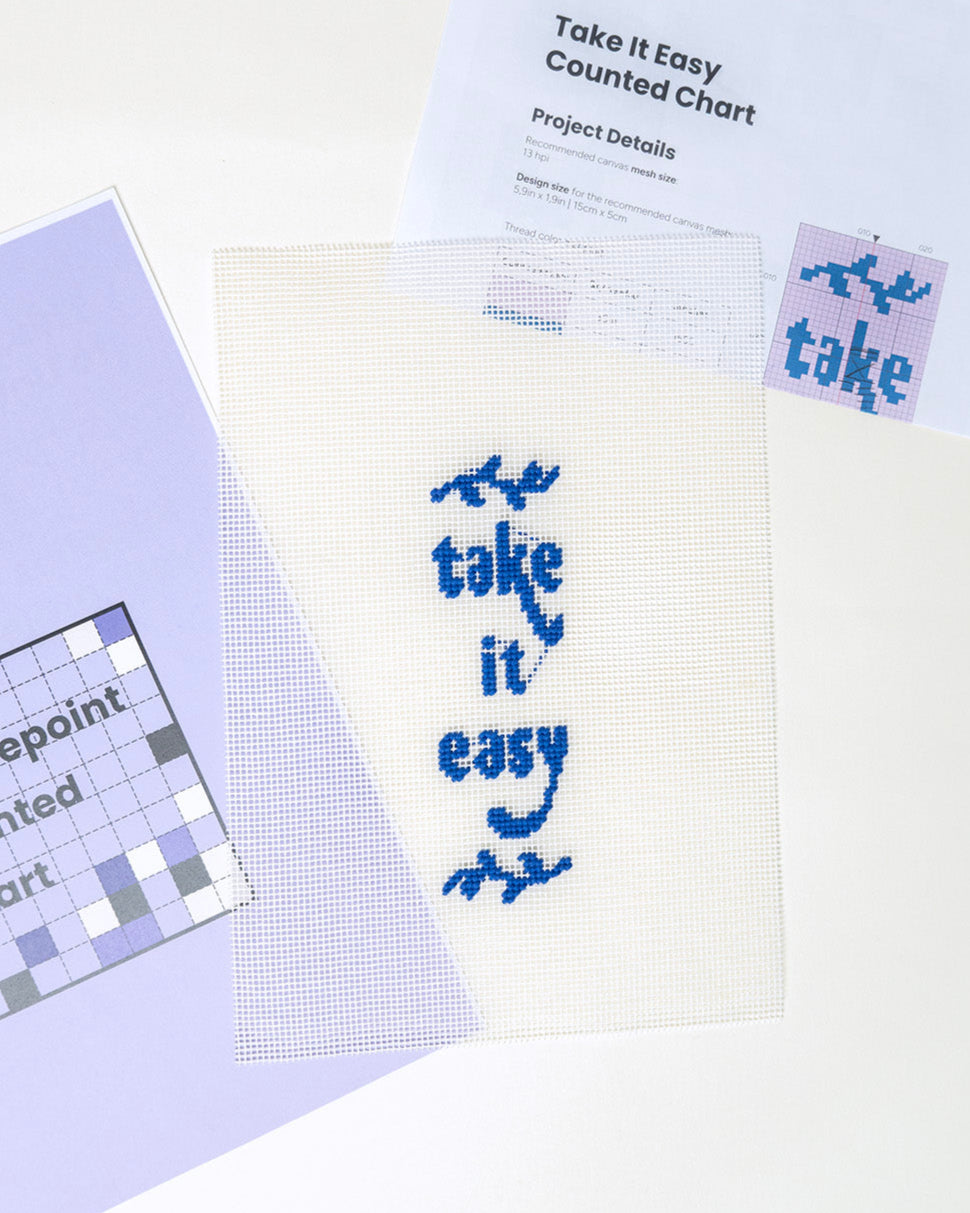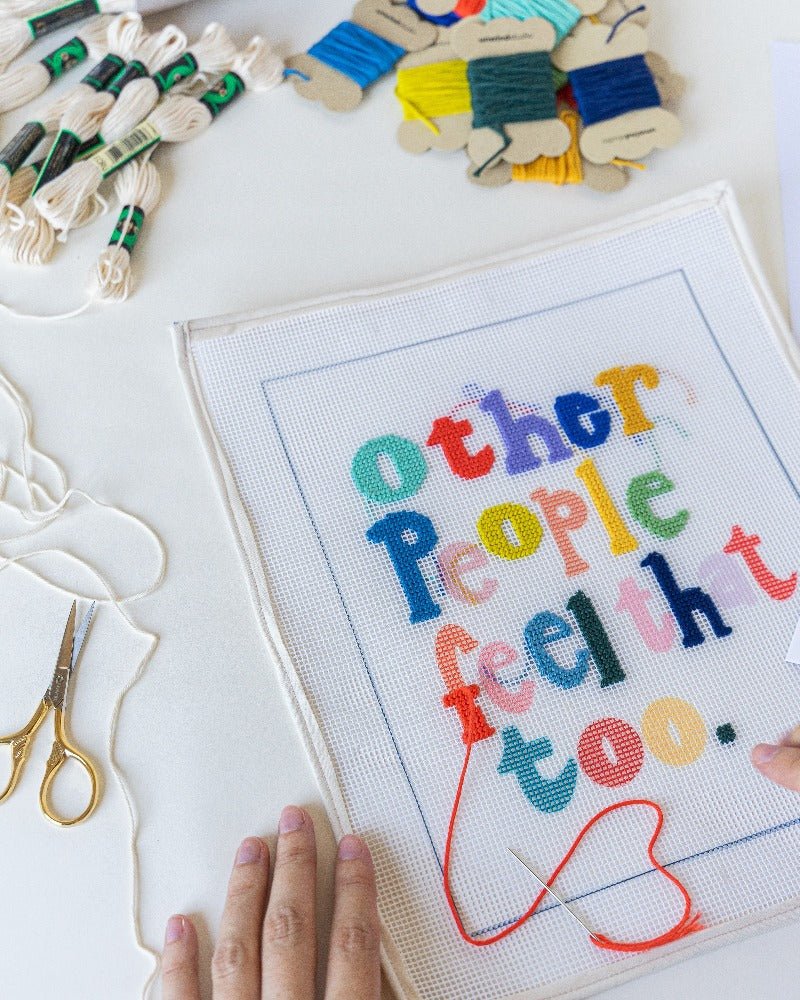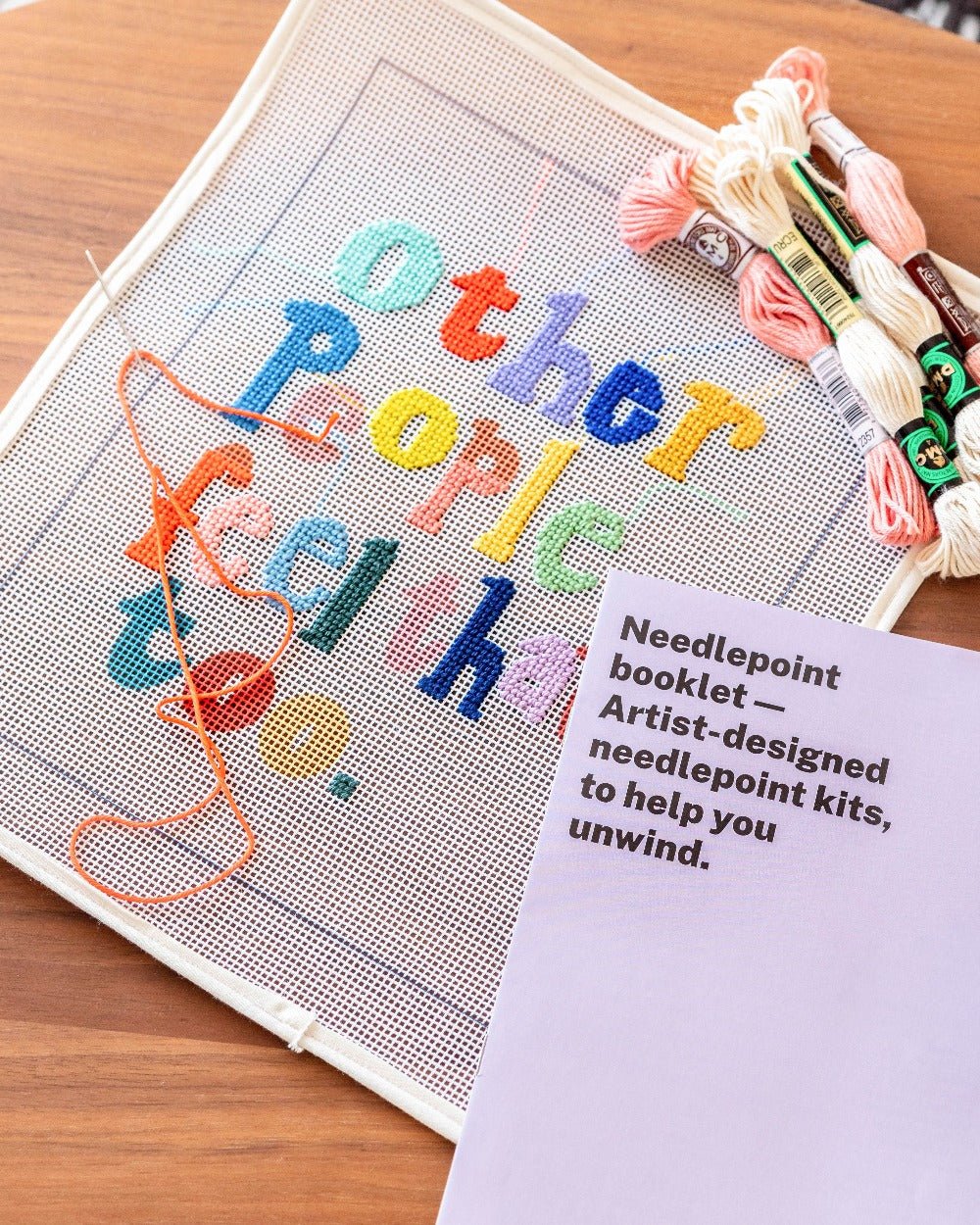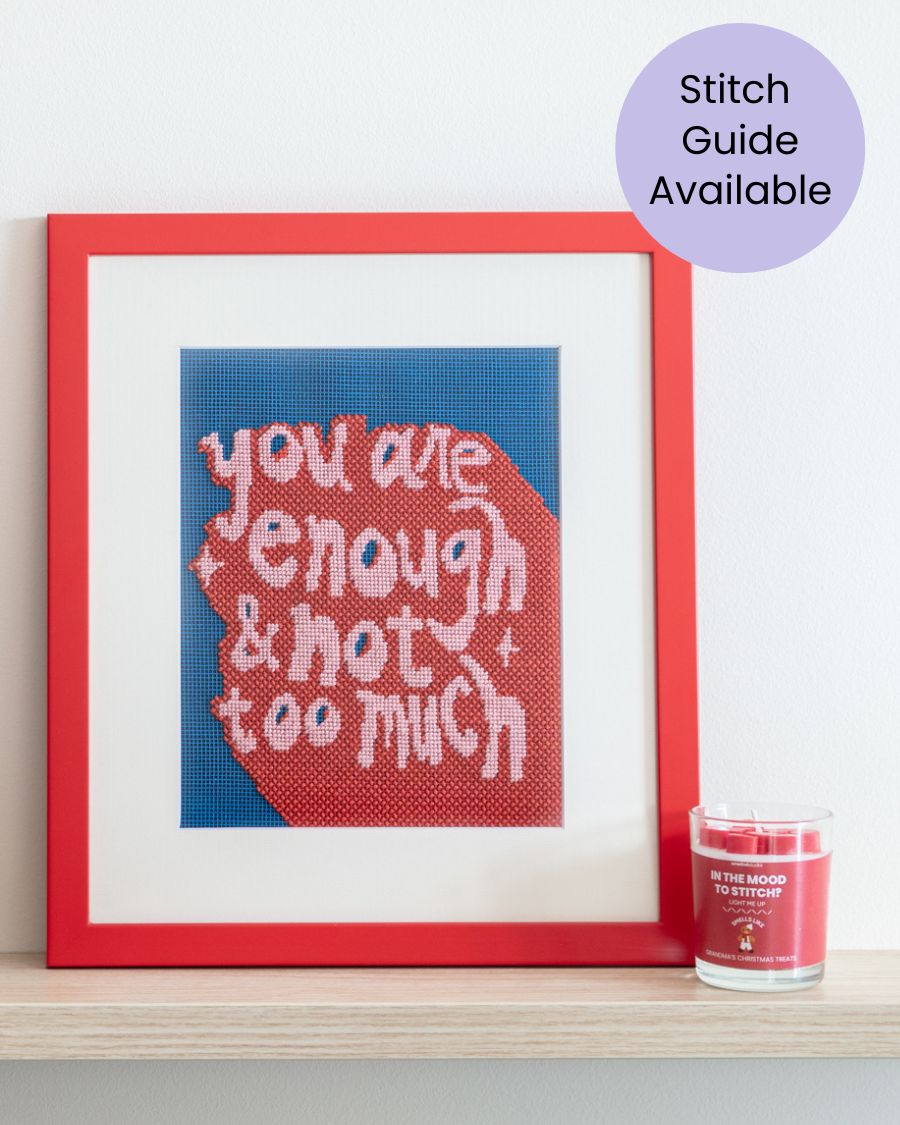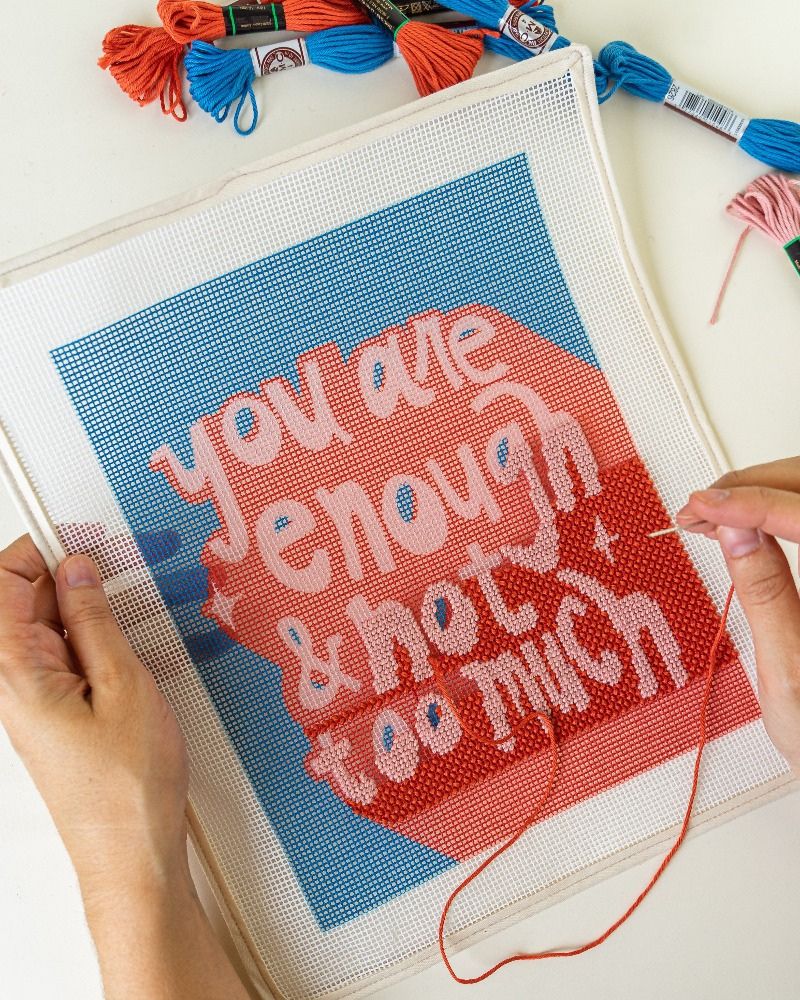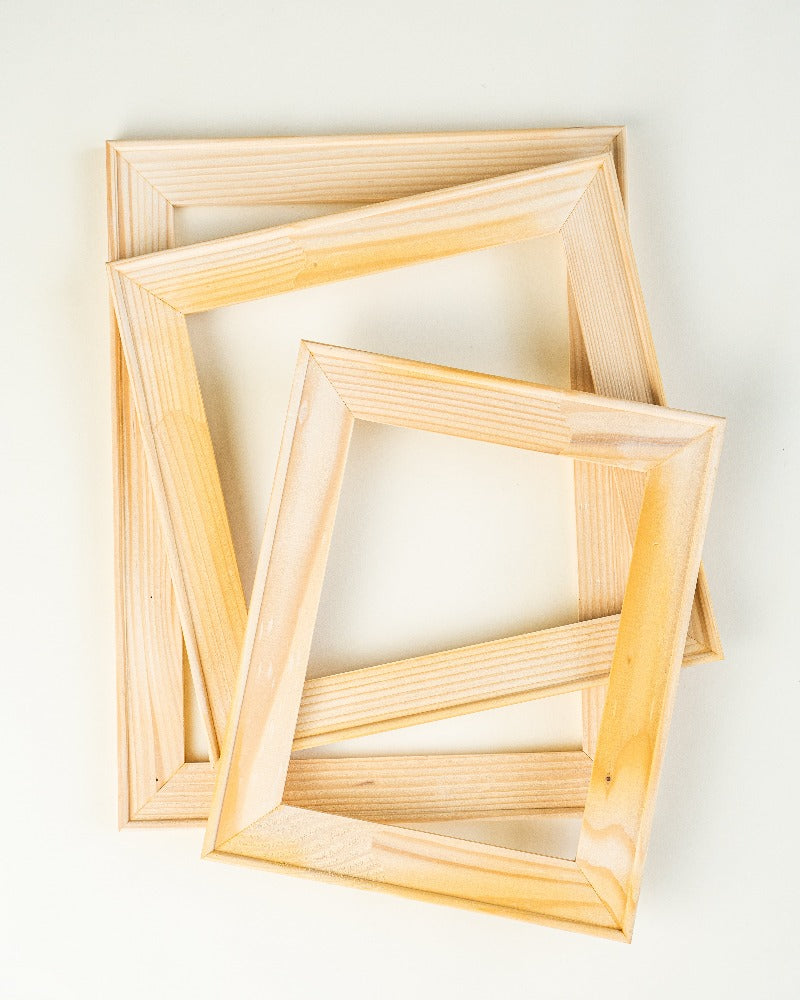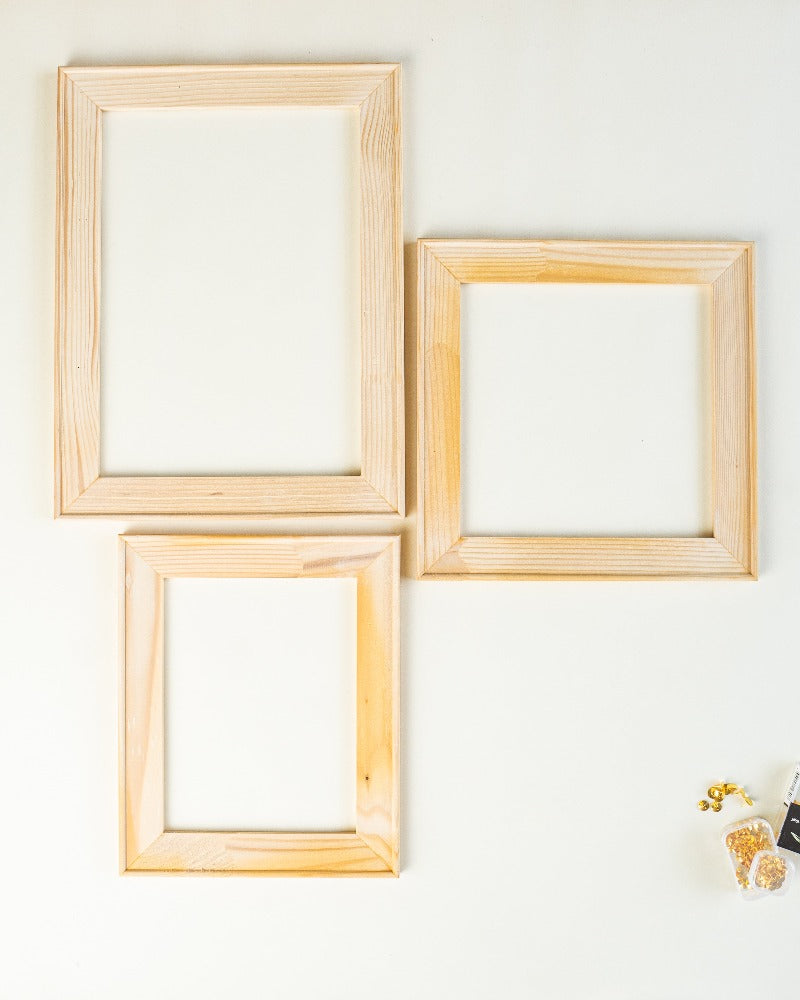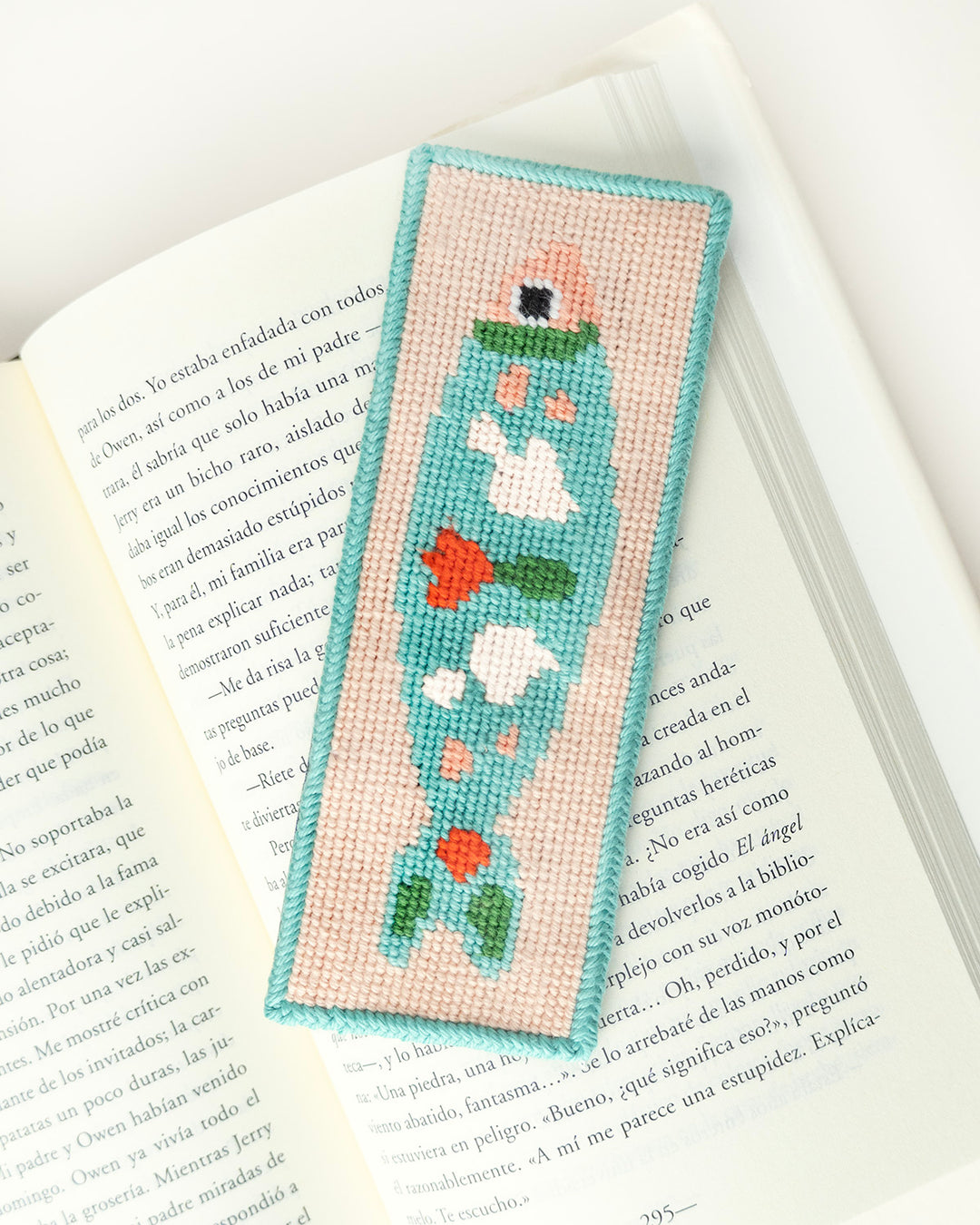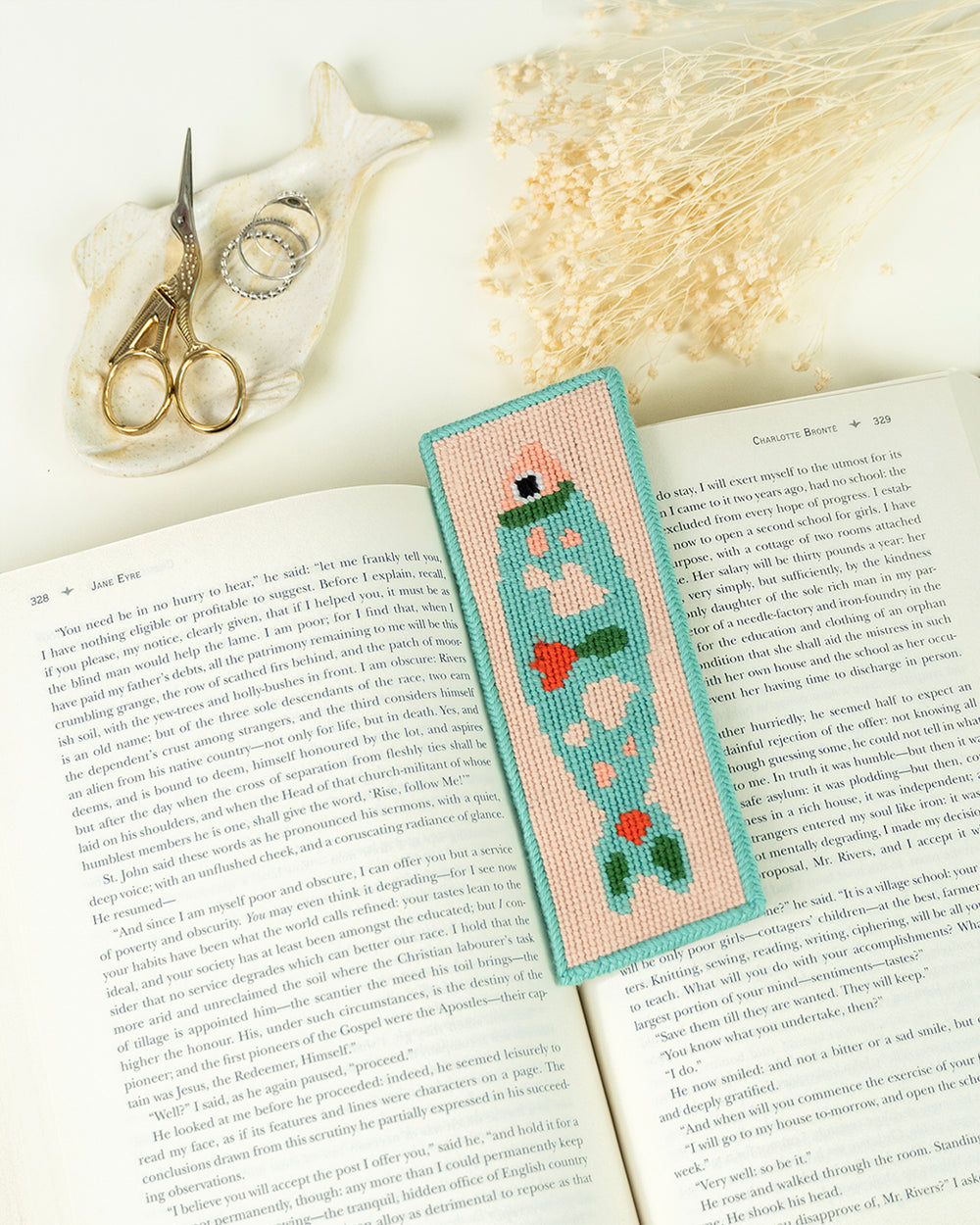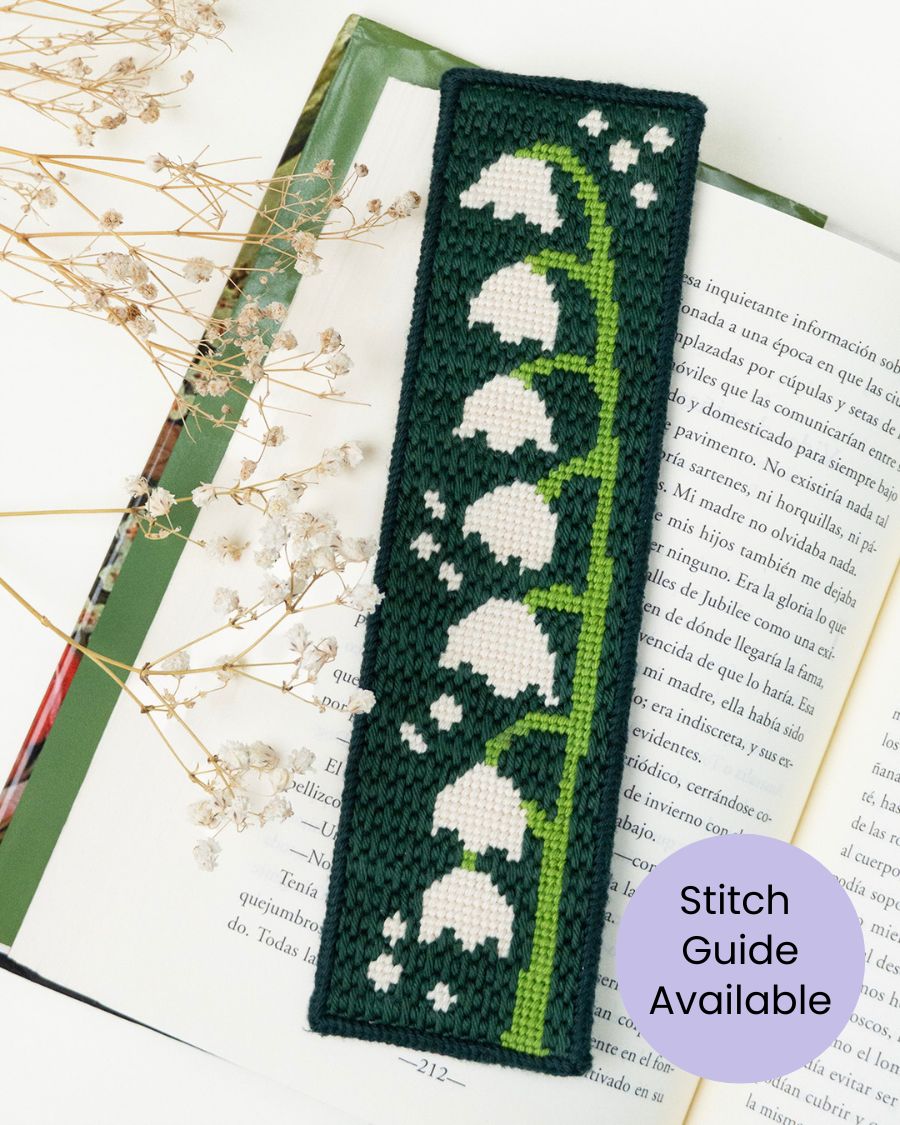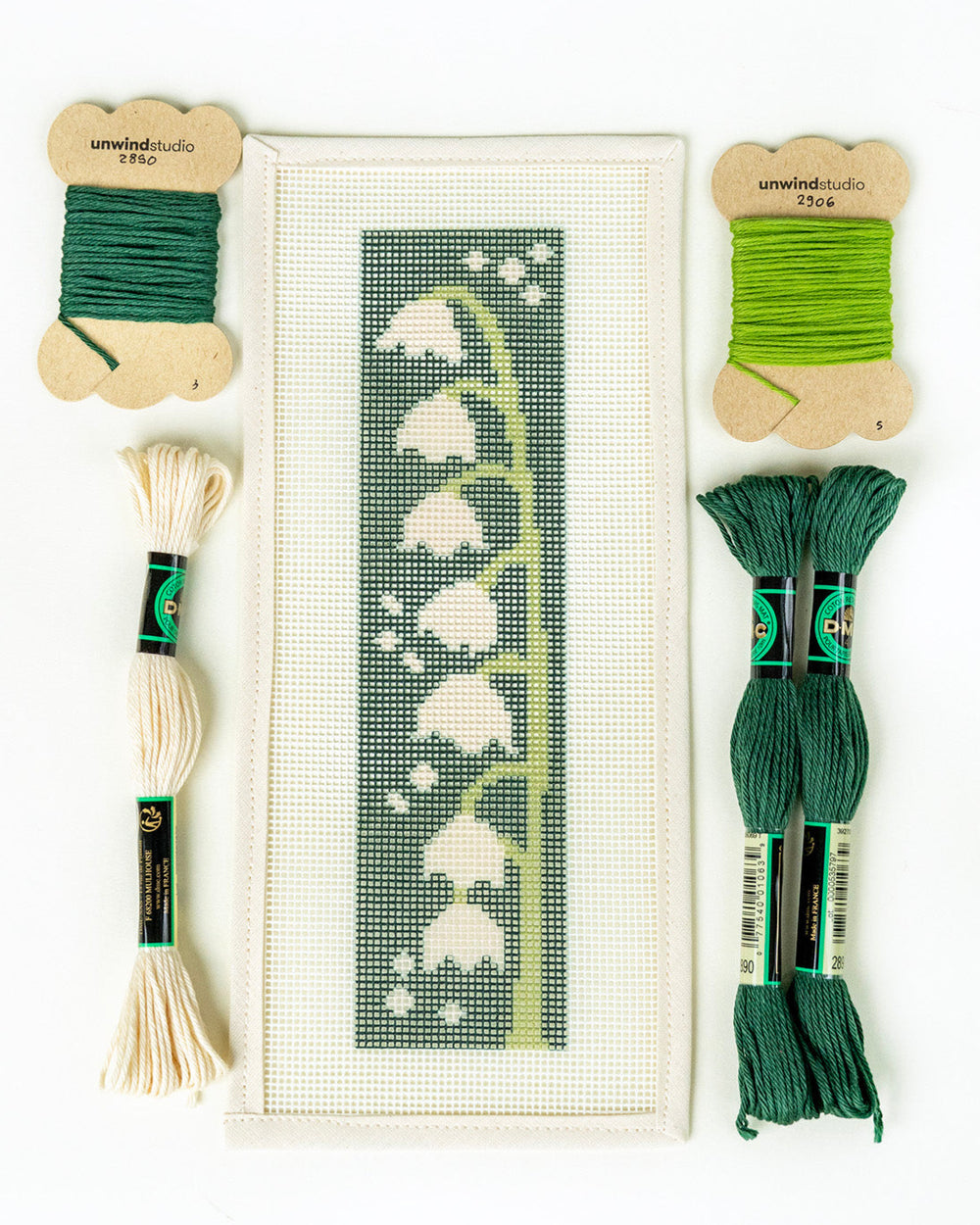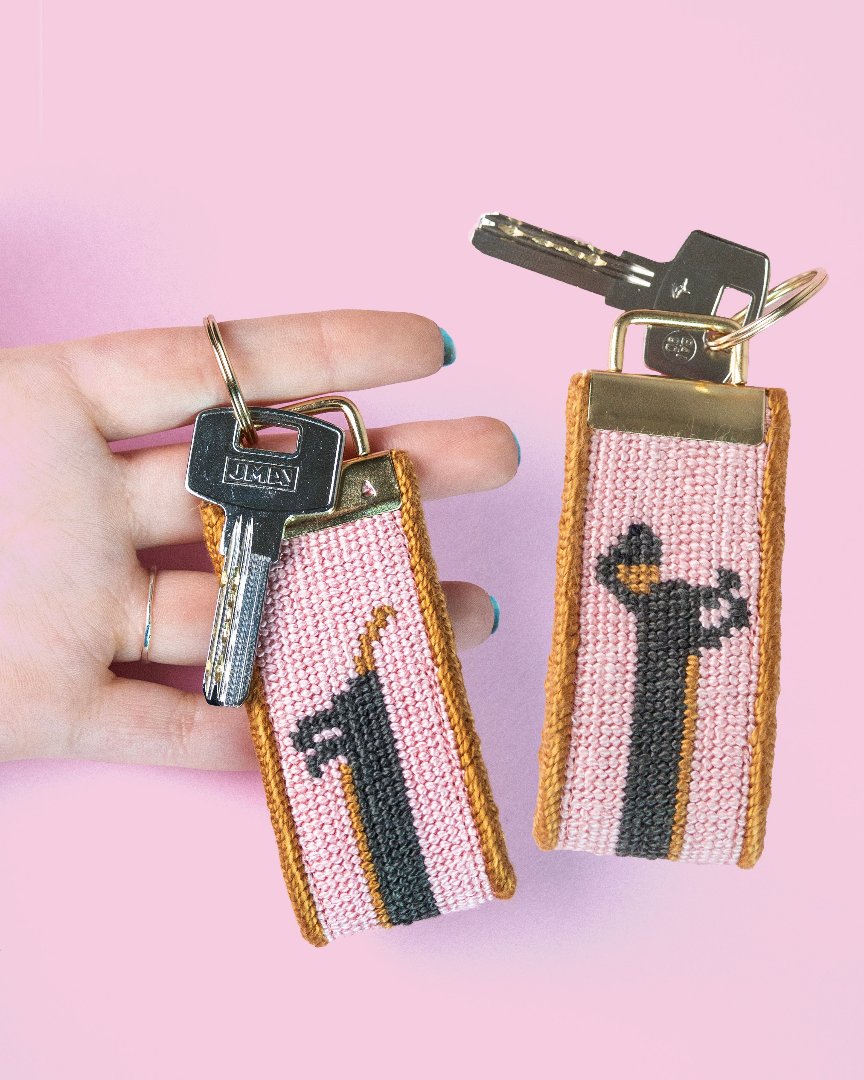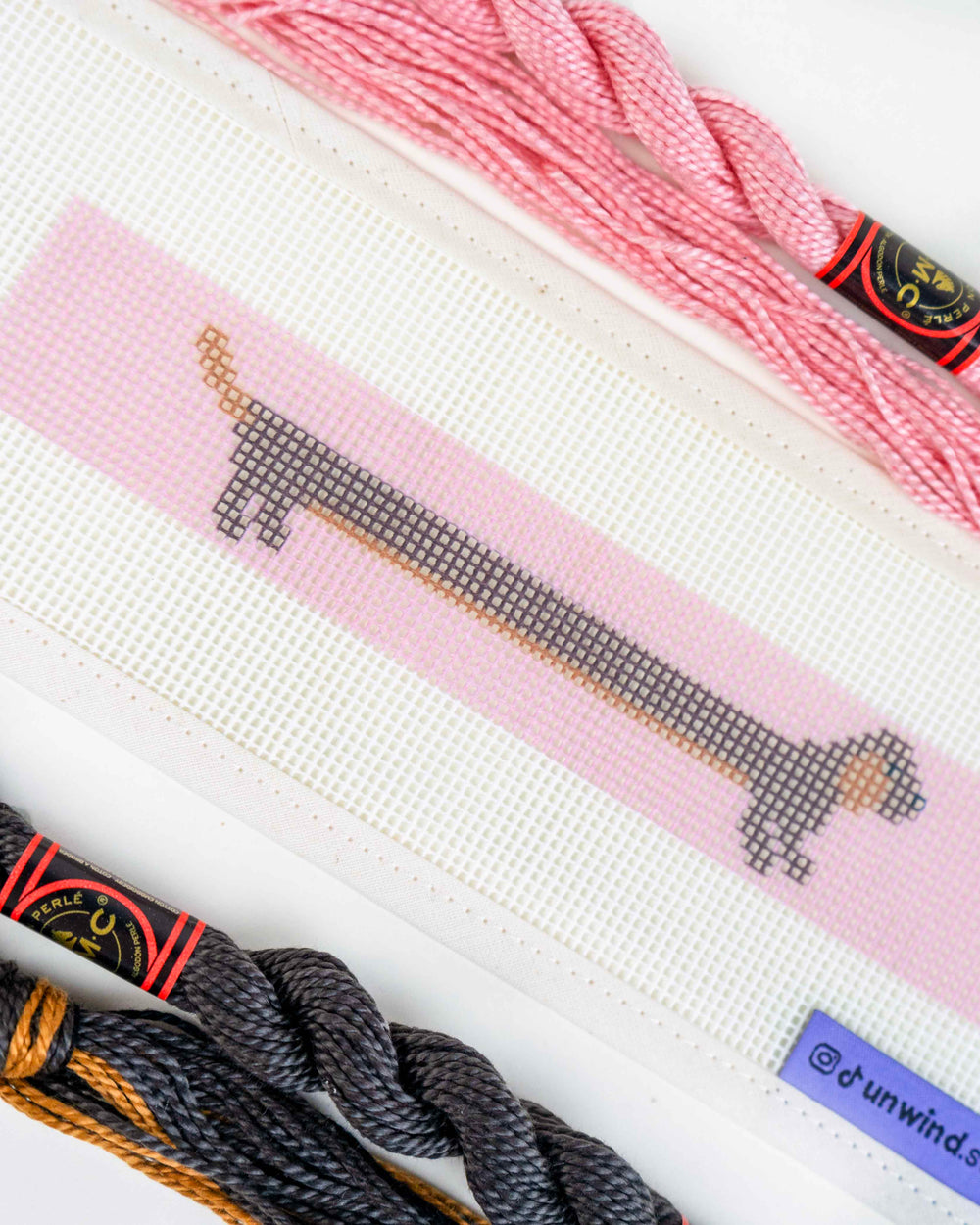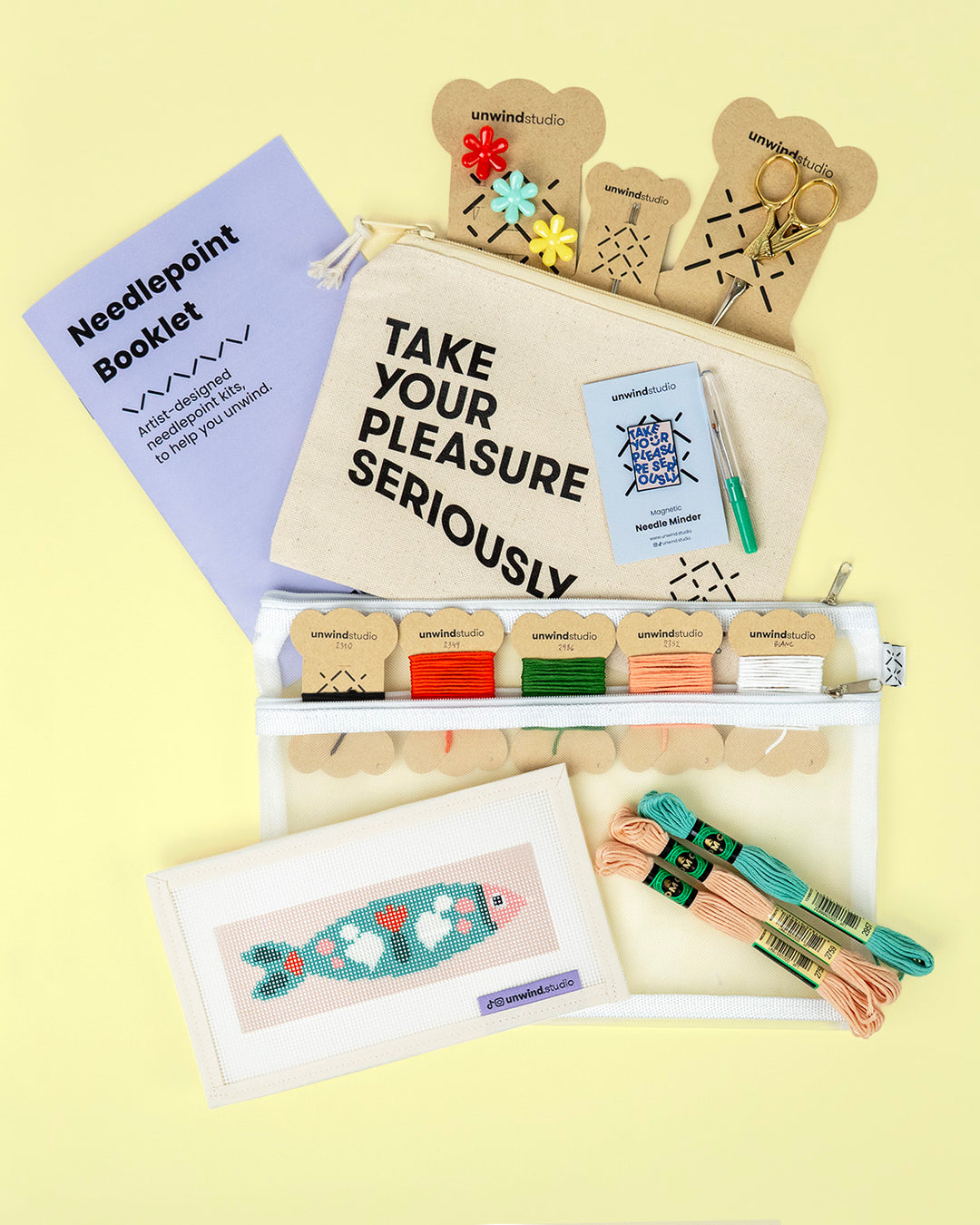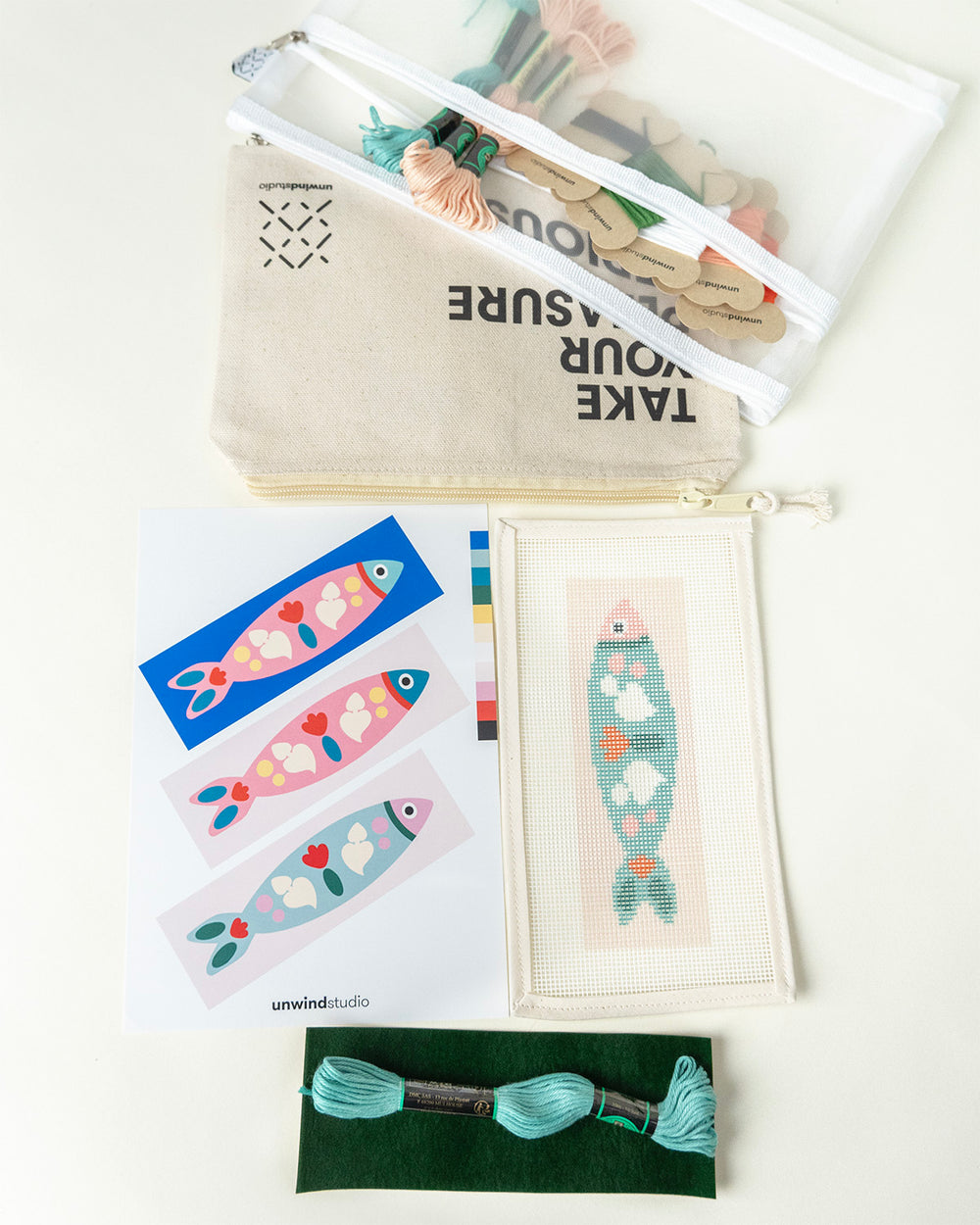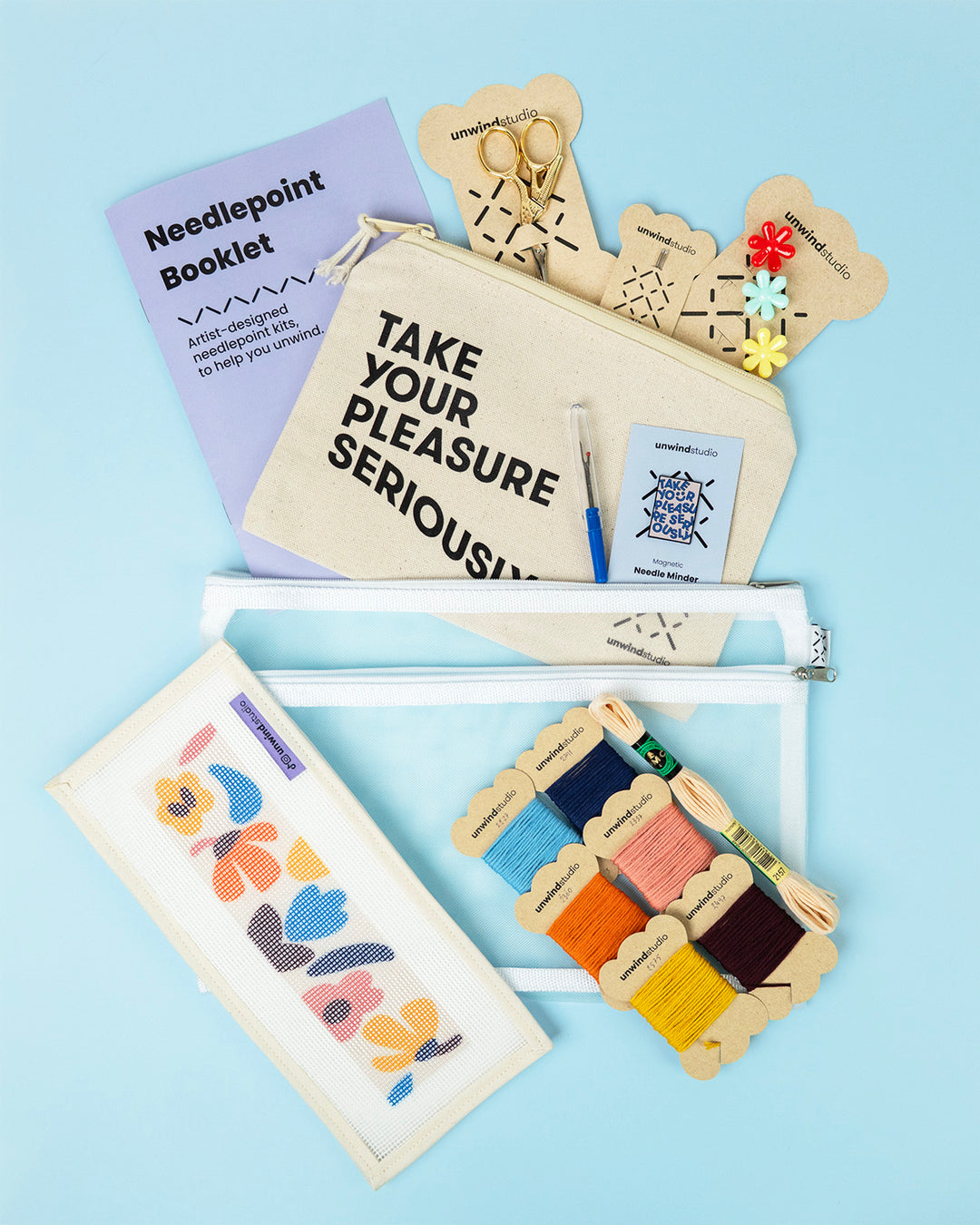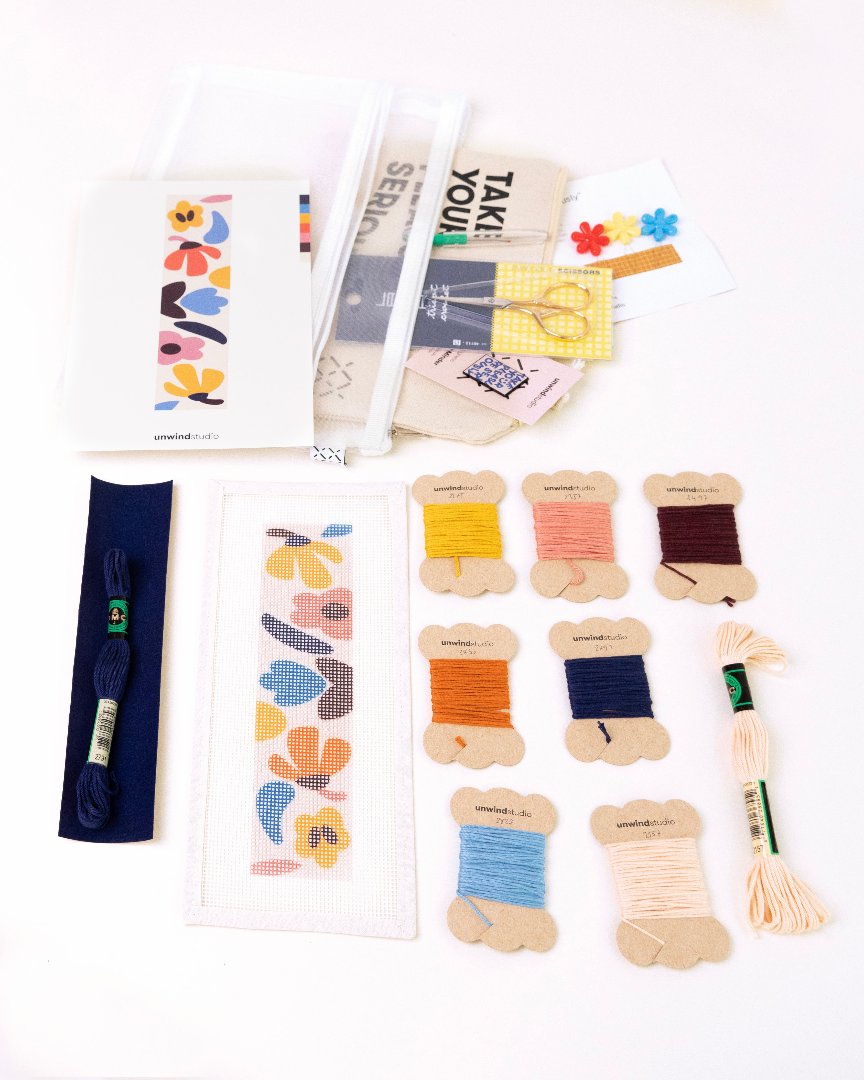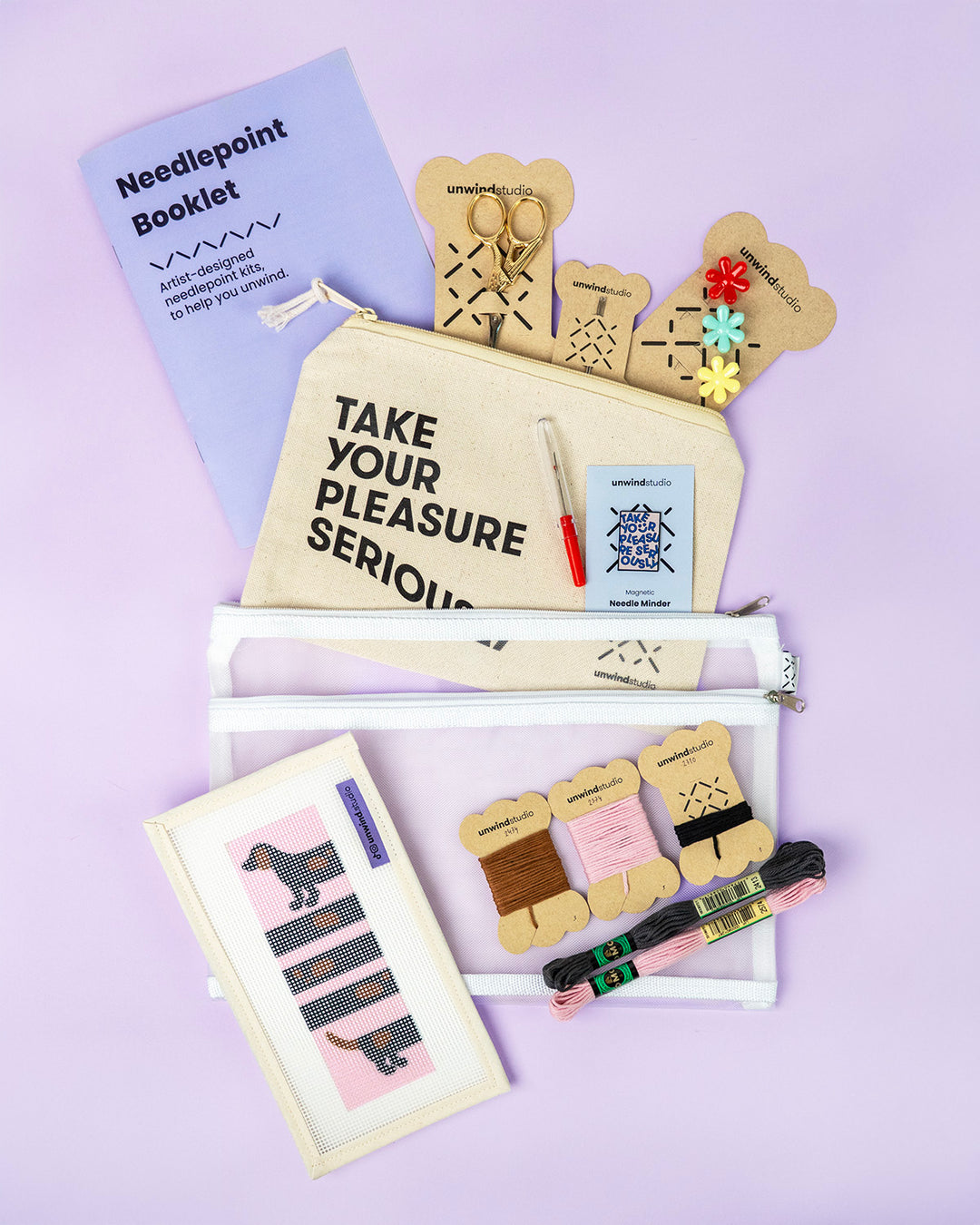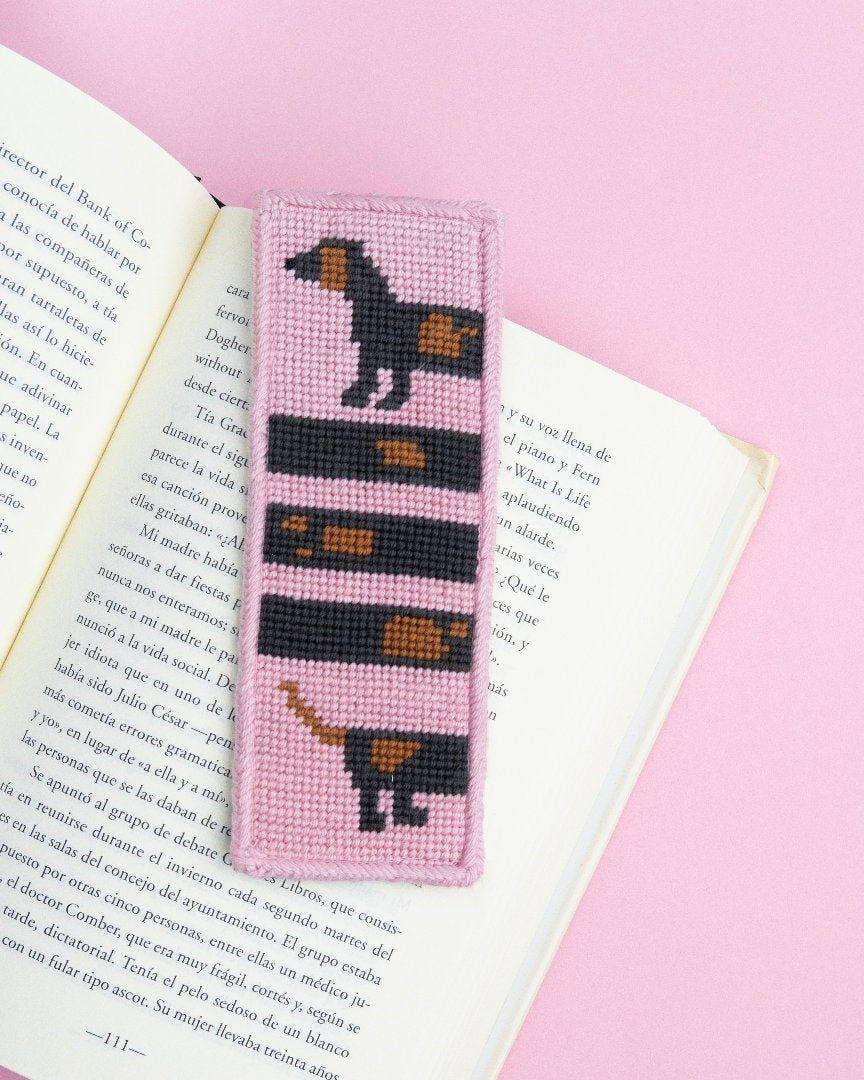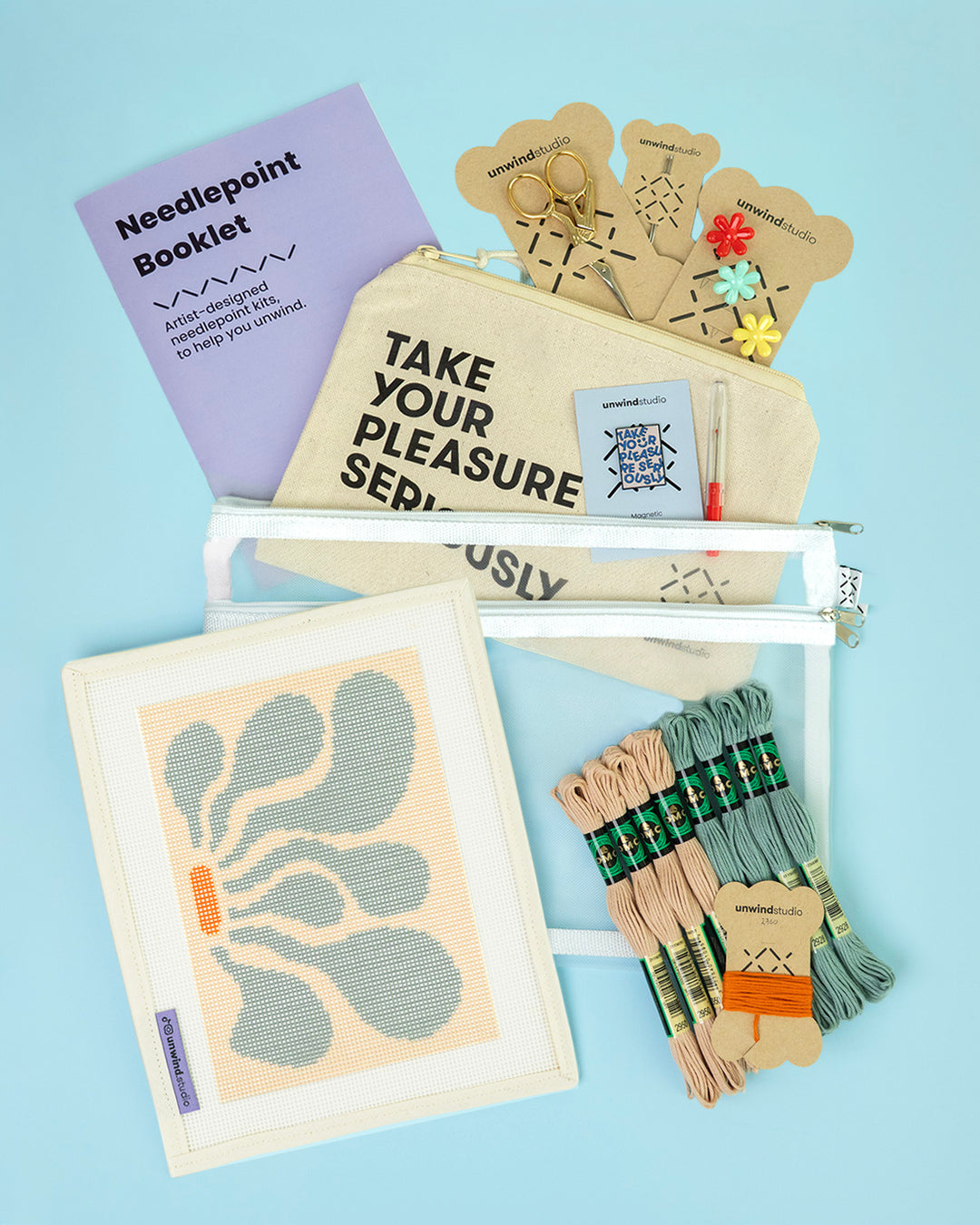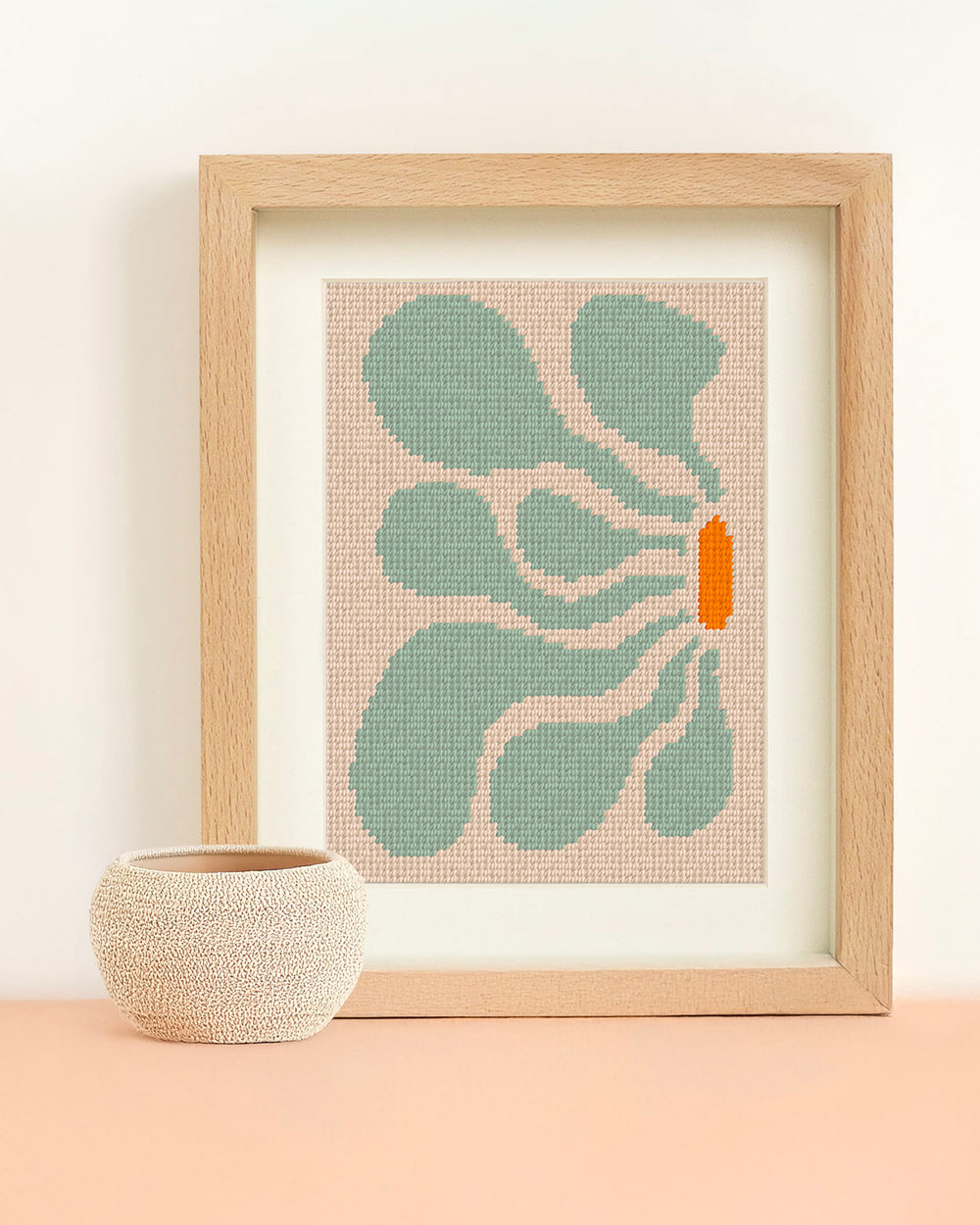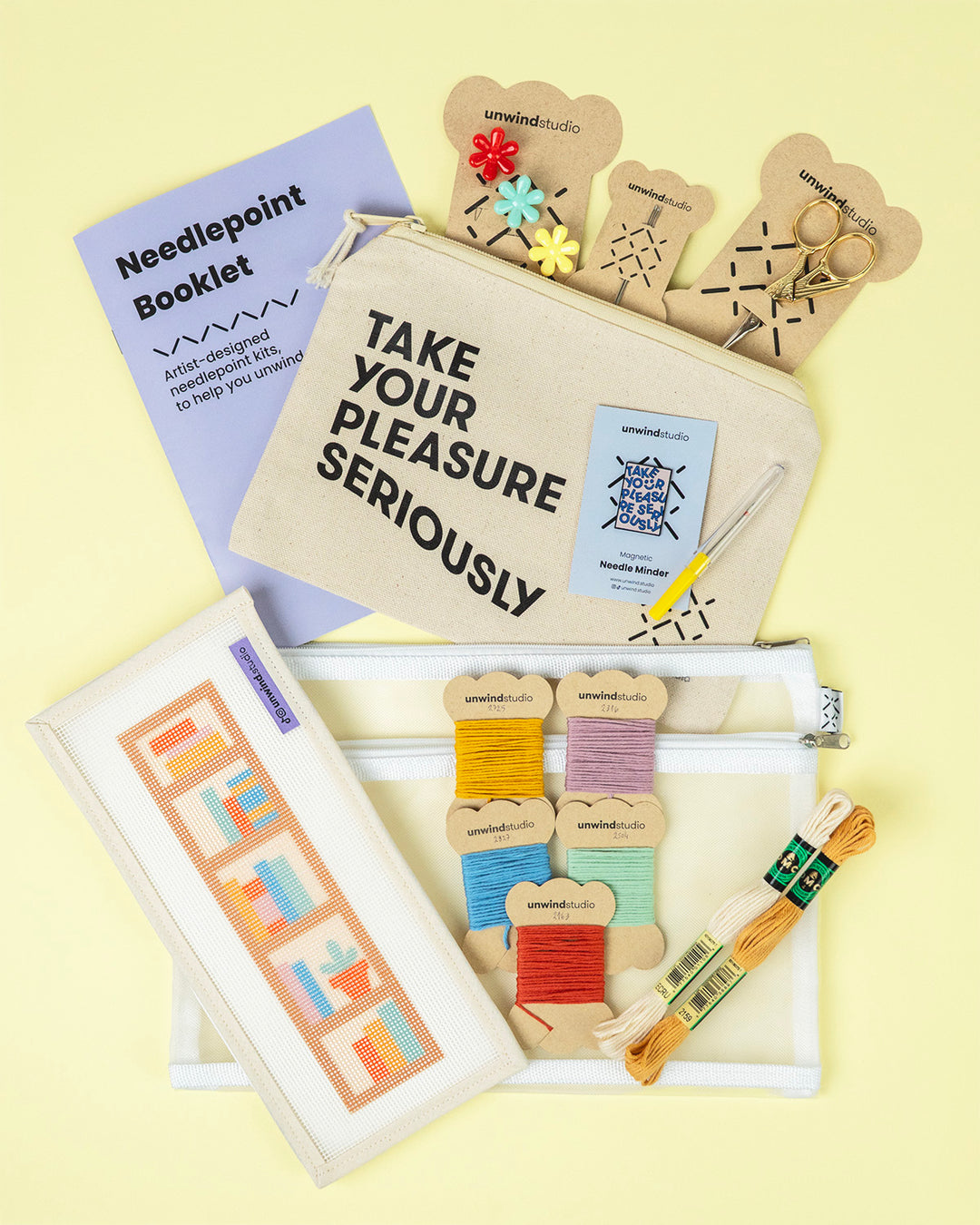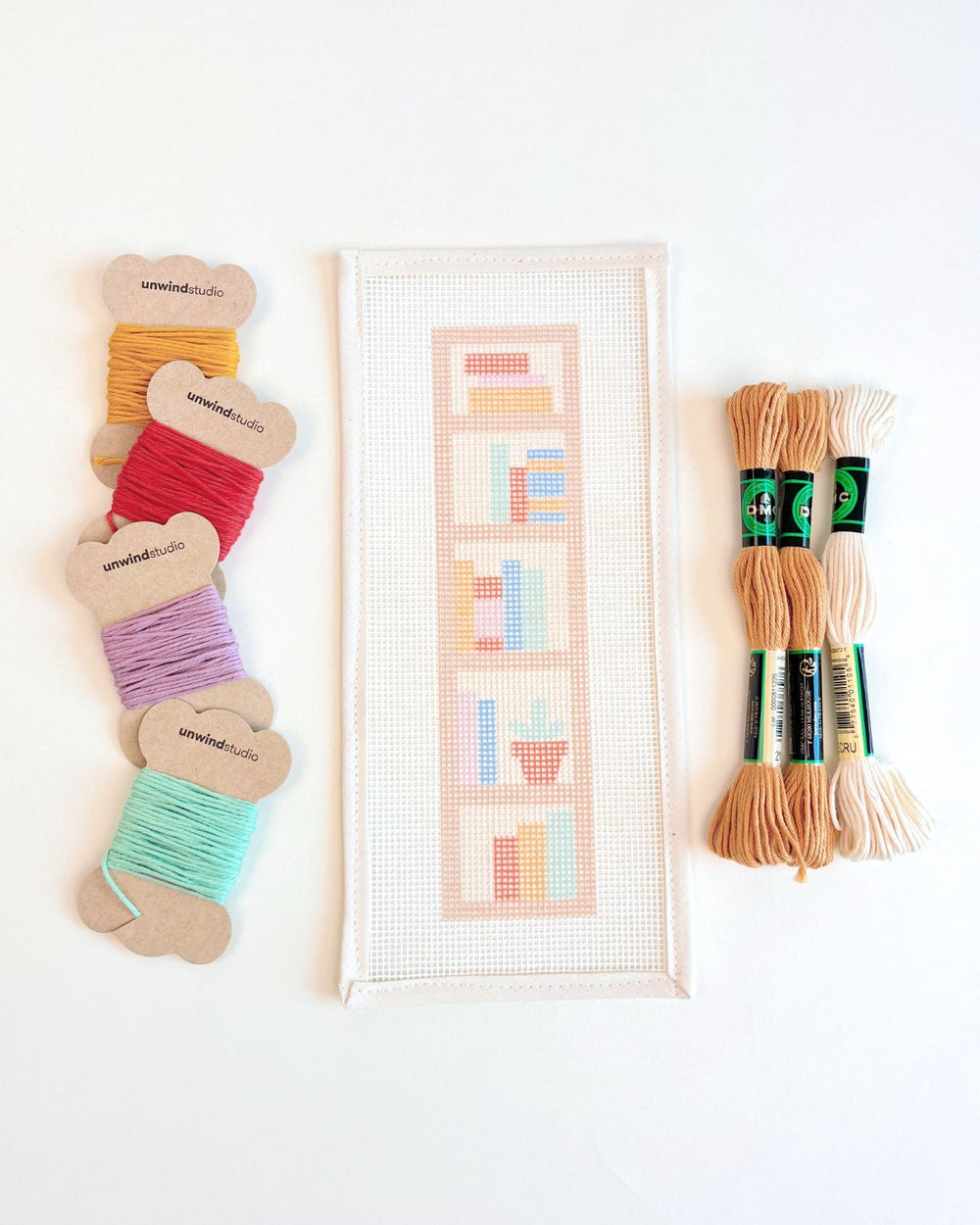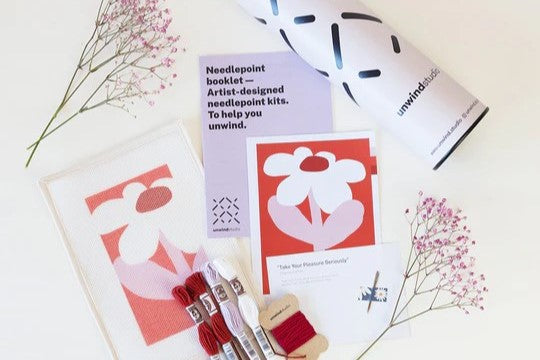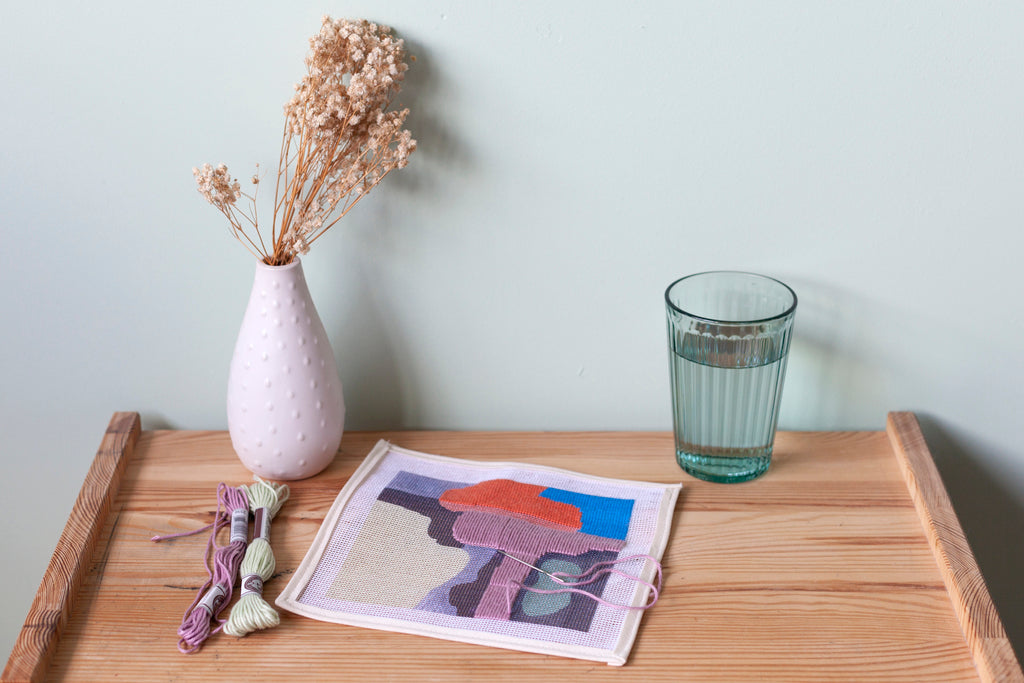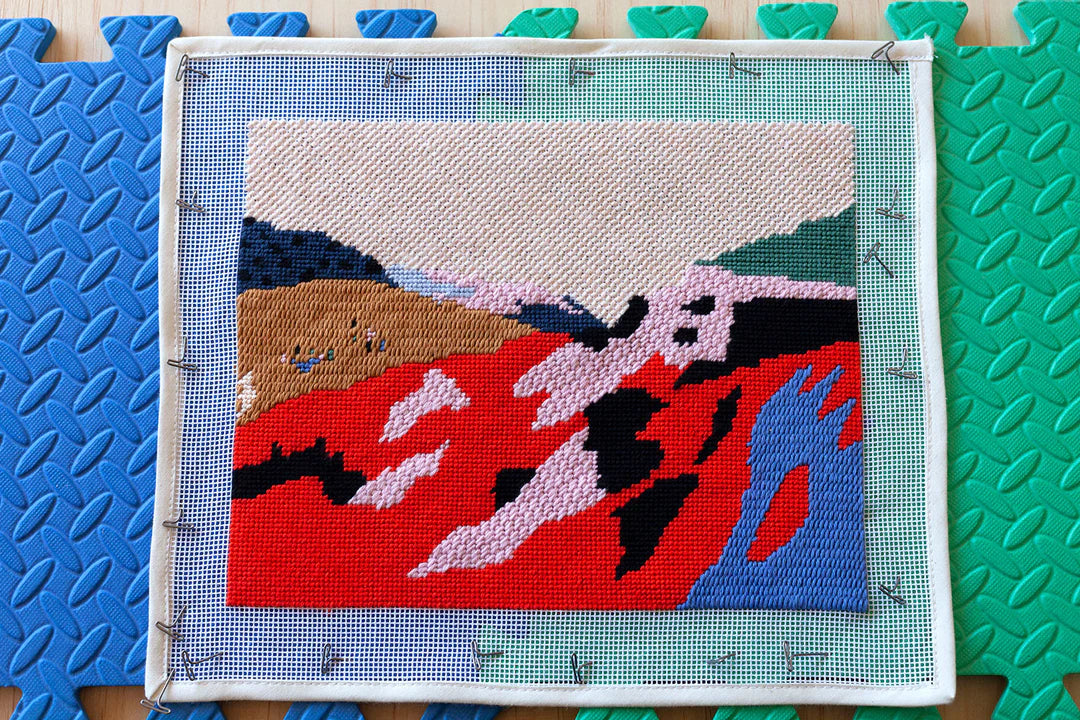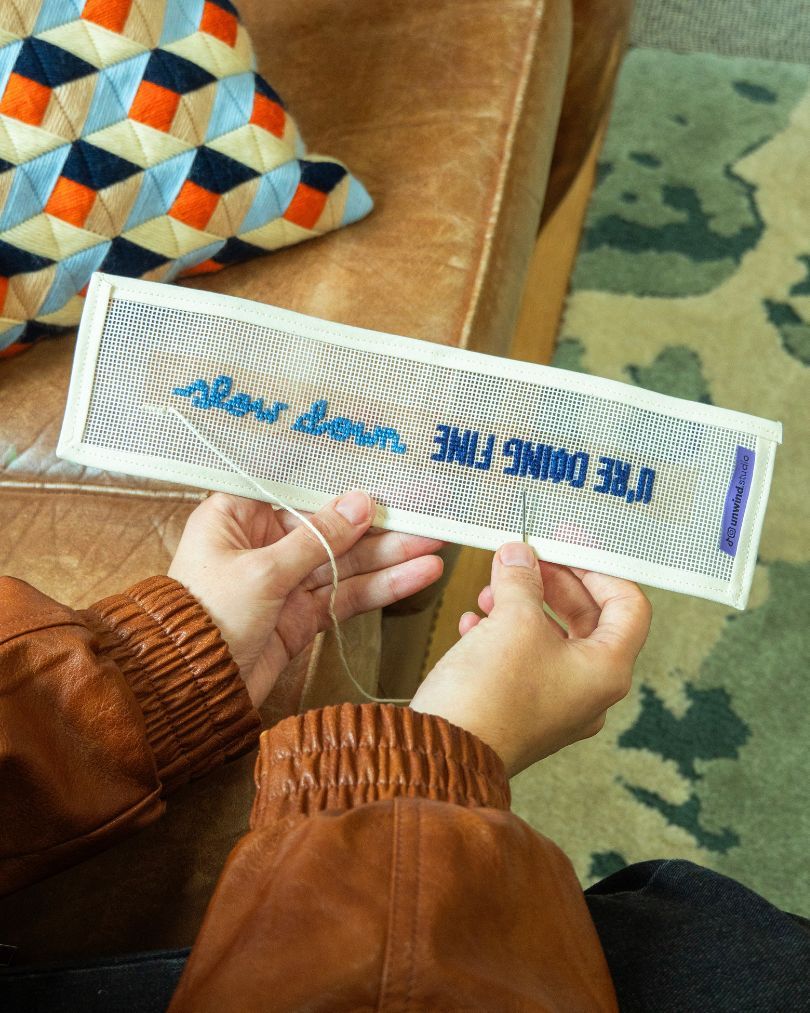Needlepoint is a type of canvas work, done by stitching using threads and a needle. It is also considered a counted form of embroidery, because it is stitched on a canvas that has designated holes for your needle to go through.
In this blog post we'll talk about the origins of needlepoint, how it was originally used and how it's seen nowadays, as well as other interesting information about this craft!
Table of Contents
- Where did needlepoint originate?
- What is the difference between needlepoint, embroidery, tapestry and cross stitch?
- What materials do you need for needlepoint?
- Is it difficult to needlepoint?
- What is contemporary needlepoint?
- How do I know which stitch to use?
- What are the benefits of doing needlepoint?
Where did needlepoint originate?
Early evidences of this craft date the origin of needlepoint back to the Egyptians, as far as 1500 BC. Needlepoint was originally created as a tool to make utilitarian textiles, but later evolved into a more decorative and fashion oriented technique, around the 16th/ 18th century.
During this time, needlepoint was seen as a sign of luxury, that only the higher classes could afford. As the times went on, supplies began to be more affordable and the craft started to be more available to all types of people, and needlepoint was seen in many fashion, upholstery and decorative items like bags, pillows, and picture frames.

18th Century Petit Point & Needlework in Wool, England, c1750
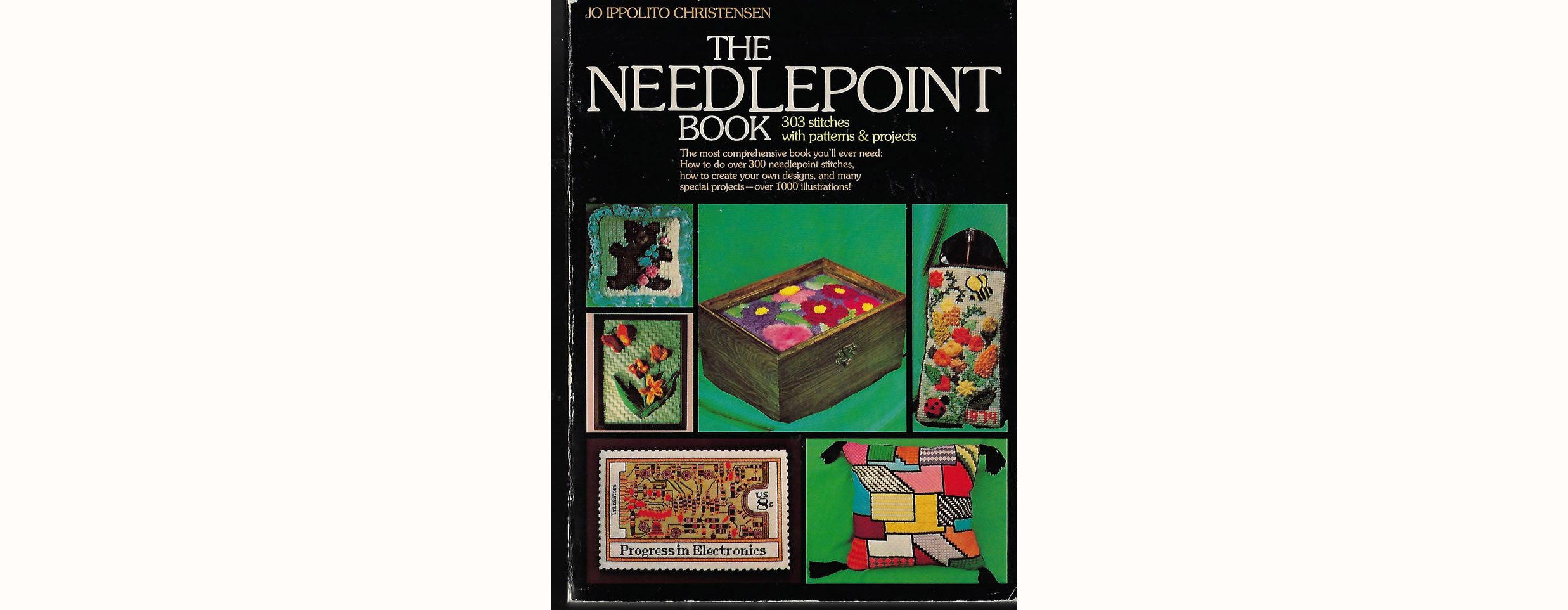
1980s the Needlepoint Book by Jo Ippolito Christensen
Needlepoint vs embroidery vs tapestry vs cross stitch?
It can be confusing distinguishing between all the terminology, especially when you are a beginner to this craft, so here is a simplification of all the terms:
Embroidery: Embroidery is the art of decorating a material, primarily textile fabric, by using a needle and thread. This needlework art form can include many techniques like crewel work, needlepoint, cross-stitch, and quilting.
Tapestry: The term tapestry refers to a type of textile art, traditionally woven by hand on a loom. It's usually seen in bigger sizes, and the main difference from needlepoint is that it is woven, not stitched. Although that in the UK, sometimes needlepoint is also called tapestry, they are different types of crafts.
Cross-stitch: Cross-stitch is a type of embroidery, done using X-shaped stitches in an even weave fabric like linen, for example. Despite its similarities to needlepoint, they differ in the type of canvas and stitches used.
Needlepoint: A type of needlework, done by stitching using threads and a needle in an open canvas. You can also see needlepoint called "petit point", referring to a style that uses a fine weave canvas and the tent stitch.
The main differences between needlepoint and other types of embroidery are:
- needlepoint is done on a open weave canvas while other types of embroidery are mostly done on fabric.
- the entire surface area of the needlepoint canvas is (or should be) covered by stitching, while with hand embroidery or cross-stitch you only stitch the objects you want to highlight in a fabric. This makes needlepoint a much craft, compared with other embroidery crafts!
- the needlepoint stitches that you can use are limited by the holes of the canvas. Because of the grid-like structure, the majority of the stitches are geometric in nature.

Images:
What materials do you need for needlepoint?
Typical hand embroidery can be stitched on just about any type of fabric. But, as we've discussed above, needlepoint is stitched on an open weave canvas. You will also need a blunt tapestry needle, and the threads of your choice. In this blog post we explain in more detail all the materials that you will need to get started with needlepoint.
Is it difficult to needlepoint?
No! Needlepoint is an easy craft to learn, and it's really easy to adjust the difficulty of the design you choose to your skill level. You can pick a design suited for beginners, and use simple stitches, and you'll still achieve a professional looking needlepoint piece!
And if you are interested in the craft, you can explore other stitches and more complex design, evolving your needlepoint skills as you stitch.
 "Paper Flowers" Needlepoint Kit by Unwind Studio
"Paper Flowers" Needlepoint Kit by Unwind Studio
What is contemporary needlepoint?
Like many crafts, needlepoint has evolved through the years, following trends that are in style, but despite its popularity in the past, it saw a decrease in its use during modern times. However, there is been a needlepoint "Renaissance" in the past few years, due to people's need for mindful activities to keep their mind and hands busy during the pandemic times, and it's only getting bigger!
Although needlepoint can still have a very traditional and "old-fashioned" reputation, it has also evolved to adapt to a more contemporary and artistic aesthetic. By exploring new designs and colorways, you can easily turn this craft into a fun hobby, that fits your personal style.
With many art styles to choose from, today there are more needlepoint kits suitable for the younger crowd, and the community of needlepointers keeps growing worldwide!
"Ain't No Mountain High Enough" Needlepoint Kit by Unwind Studio
How do I know which stitch to use?
There is a large number of different stitches created, so it can be difficult to choose the right one. For that reason, we have created our Needlepoint Stitch Library & Tutorials with filters that will help you identify the perfect stitch for the area you want to stitch or the type of effect you want to obtain.
You will also find all the stitches with their respective tutorial and diagram so that you can explore each one without any difficulty.
What are the benefits of doing needlepoint?
The use of crafts has been confirmed to be good for mental health and general well-being, by calming the mind and reducing stress, due to the repetitive nature of the actions. It can also be a great way to detach from the stress of everyday routine, and stop to unwind for a moment, focusing on an activity that brings joy and a sense of accomplishment, as well as explore the creative side of the mind. If you want to read more about this topic, find out 6 reasons why crafts are good for your well-being and mental health.
Now that you know more about the history and the joys of needlepoint, we hope you enjoy this craft, and that it brings calm and mindfulness into your life! Take a look at our needlepoint kits for inspiration on your next project!
Happy Stitching!



